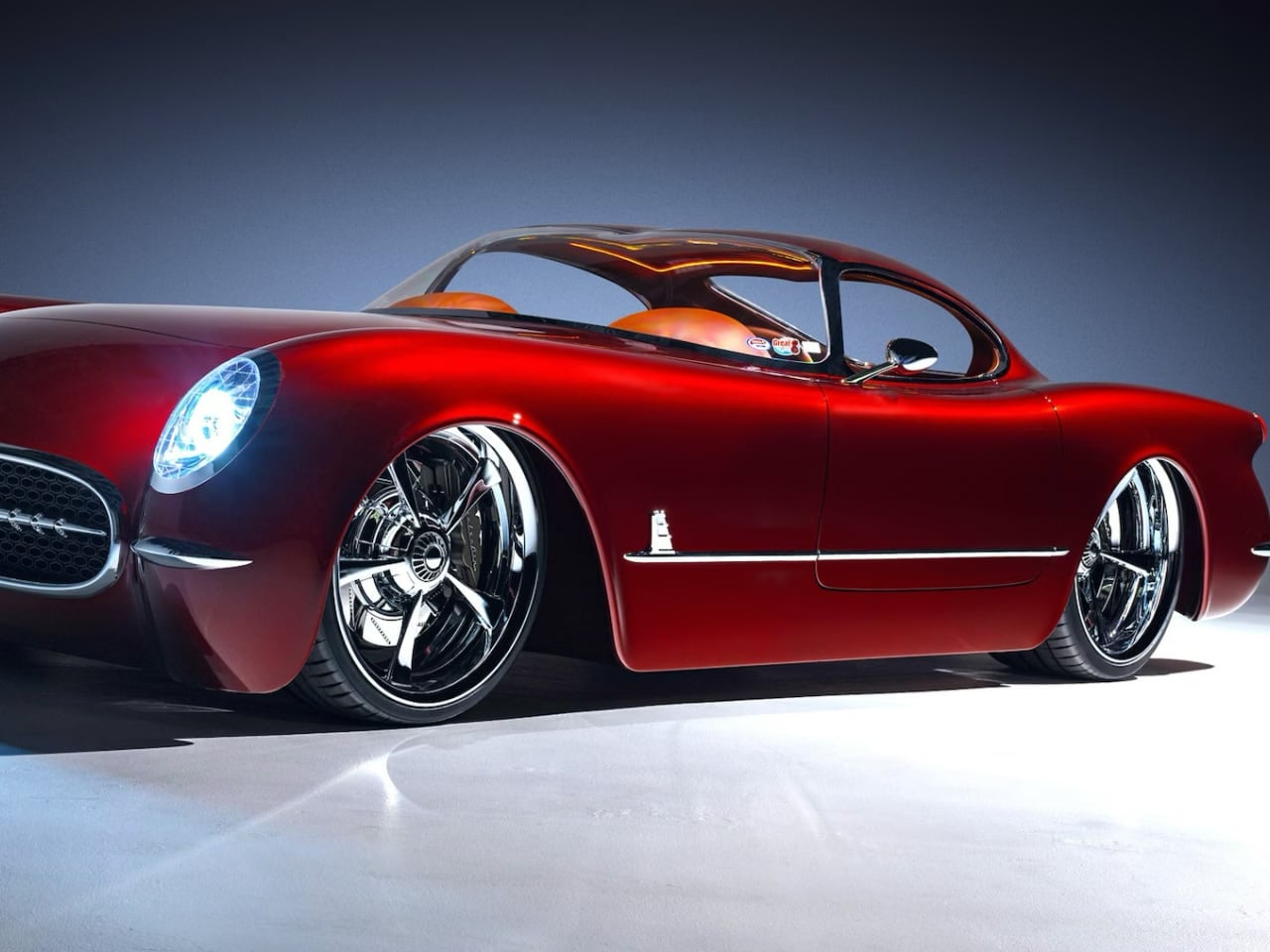
Dave Kindig and his team at Kindig-It Design have once again redefined custom car building with their latest creation, the 1953 Corvette “TwelveAir.” Recently crowned the Ridler Award winner at the 2024 Detroit Autorama, this Corvette is more than a reimagination—it’s a ground-up custom build that transforms a classic icon using modern design and cutting-edge technology. Every detail, from the engine bay to the leather-wrapped interior, reflects a perfect balance of craftsmanship and innovation.
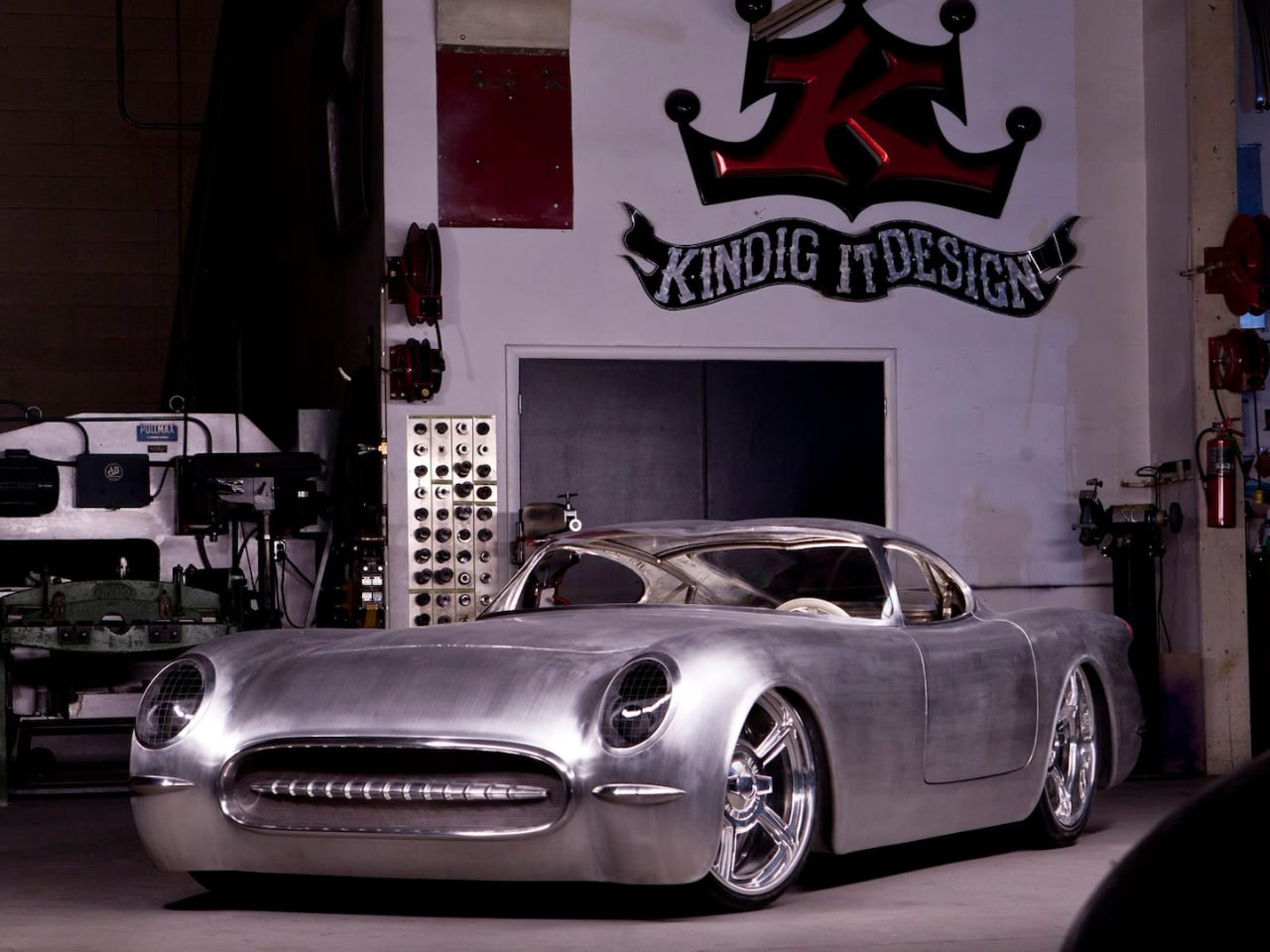
Designer: Dave Kindig + Kindig-It Design
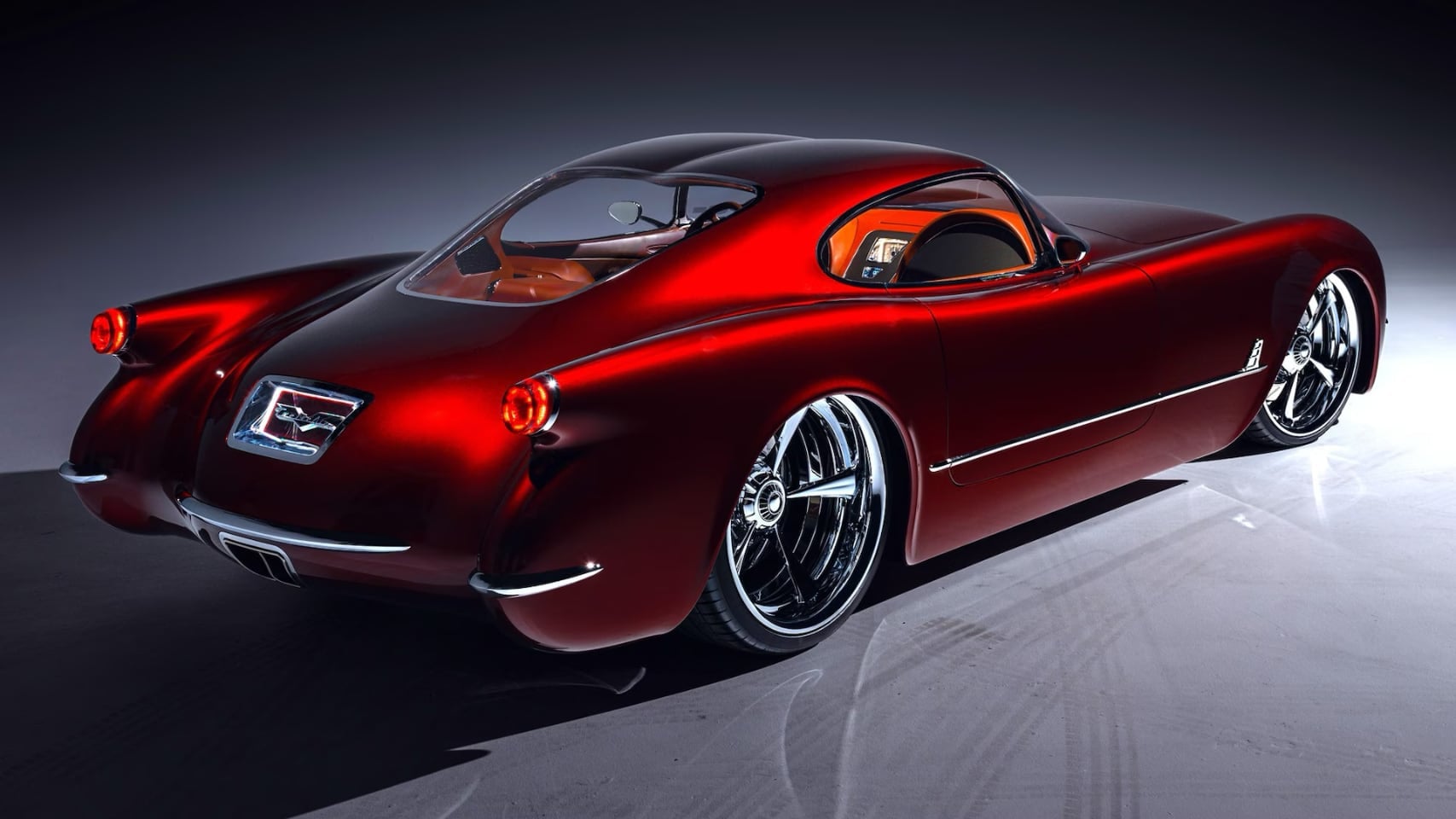
Starting Fresh with Every Part
At first glance, the TwelveAir may evoke memories of the iconic 1953 Corvette, but no original parts from that car were used. Kindig’s team built every inch of this vehicle by hand or fabricated it specifically for this project. Beginning with hand-drawn sketches and quickly moving into CAD modeling, the car’s design took shape with precision and a creative vision.
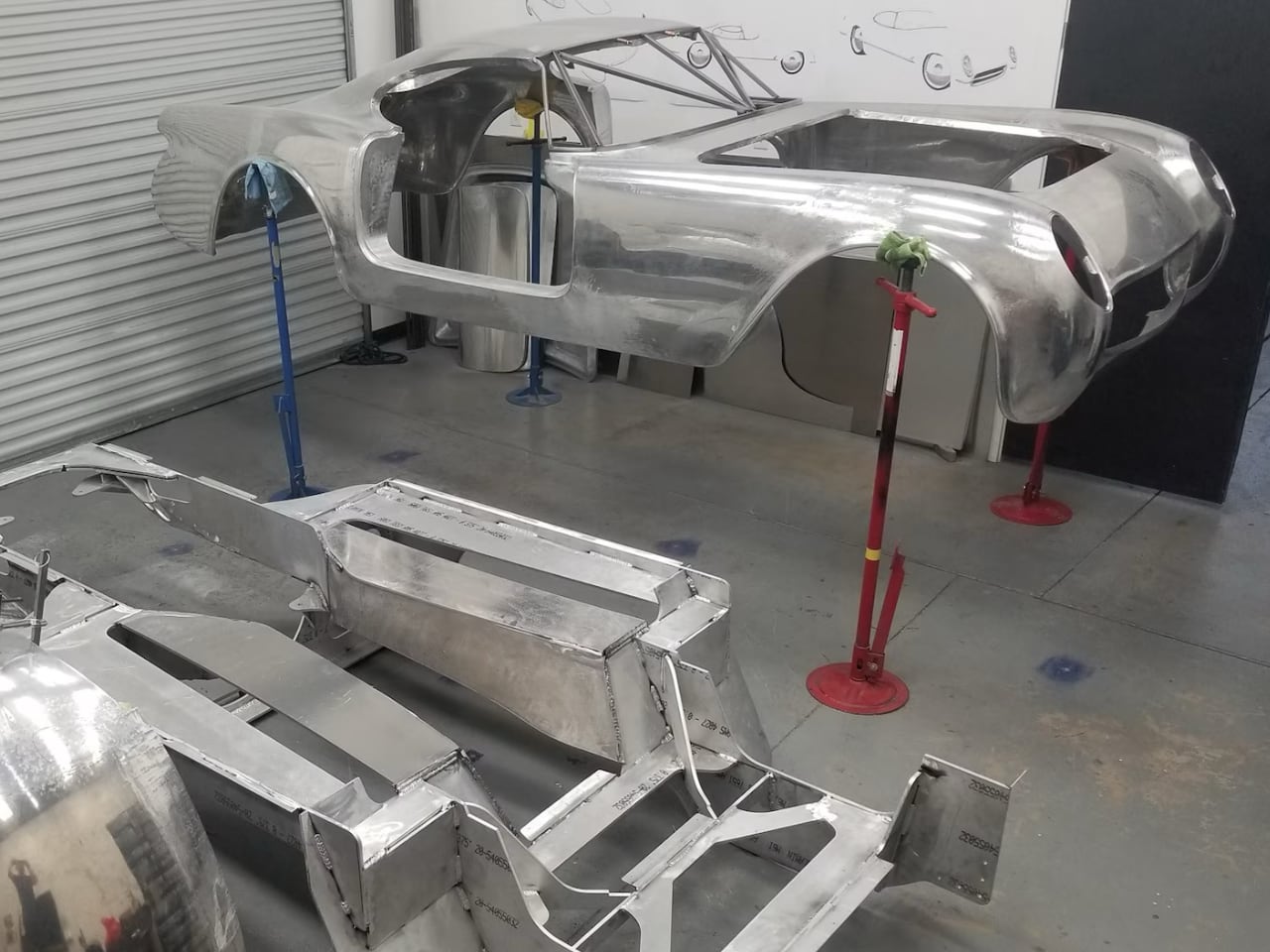
What makes this build even more remarkable is the five-year process during which Kindig’s team kept everything hidden from view. They built a special room around their CNC machines to maintain secrecy, ensuring no one saw the car before its debut at the Autorama.
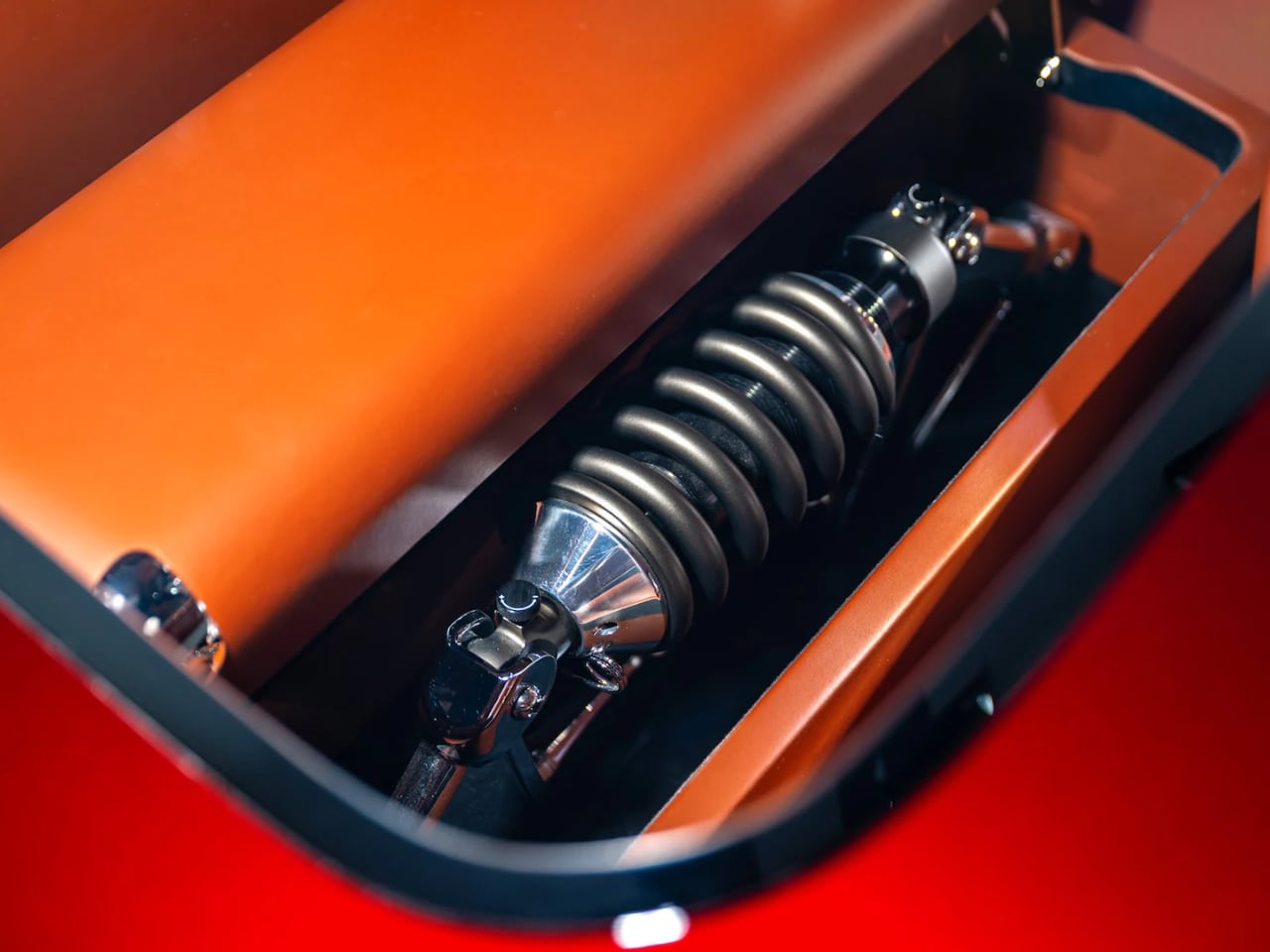
The car was constructed from scratch, including the suspension system and the engine bay—two areas where performance and design came together perfectly. The hand-formed aluminum body nods to the past, while modern tools like CAD and 3D printing allowed the team to experiment and refine every element before finalizing the build. In doing so, the TwelveAir became an utterly bespoke creation designed to push the boundaries of custom automotive engineering.
Craftsmanship Enhanced by Technology
The TwelveAir’s striking design is a product of traditional craftsmanship and technological innovation. CAD software and 3D printing allowed Kindig’s team to prototype critical parts like the engine components and suspension arms before they moved into final fabrication. These tools made testing for fit and function easier, reducing wasted materials and allowing more time to focus on the car’s performance and aesthetics.
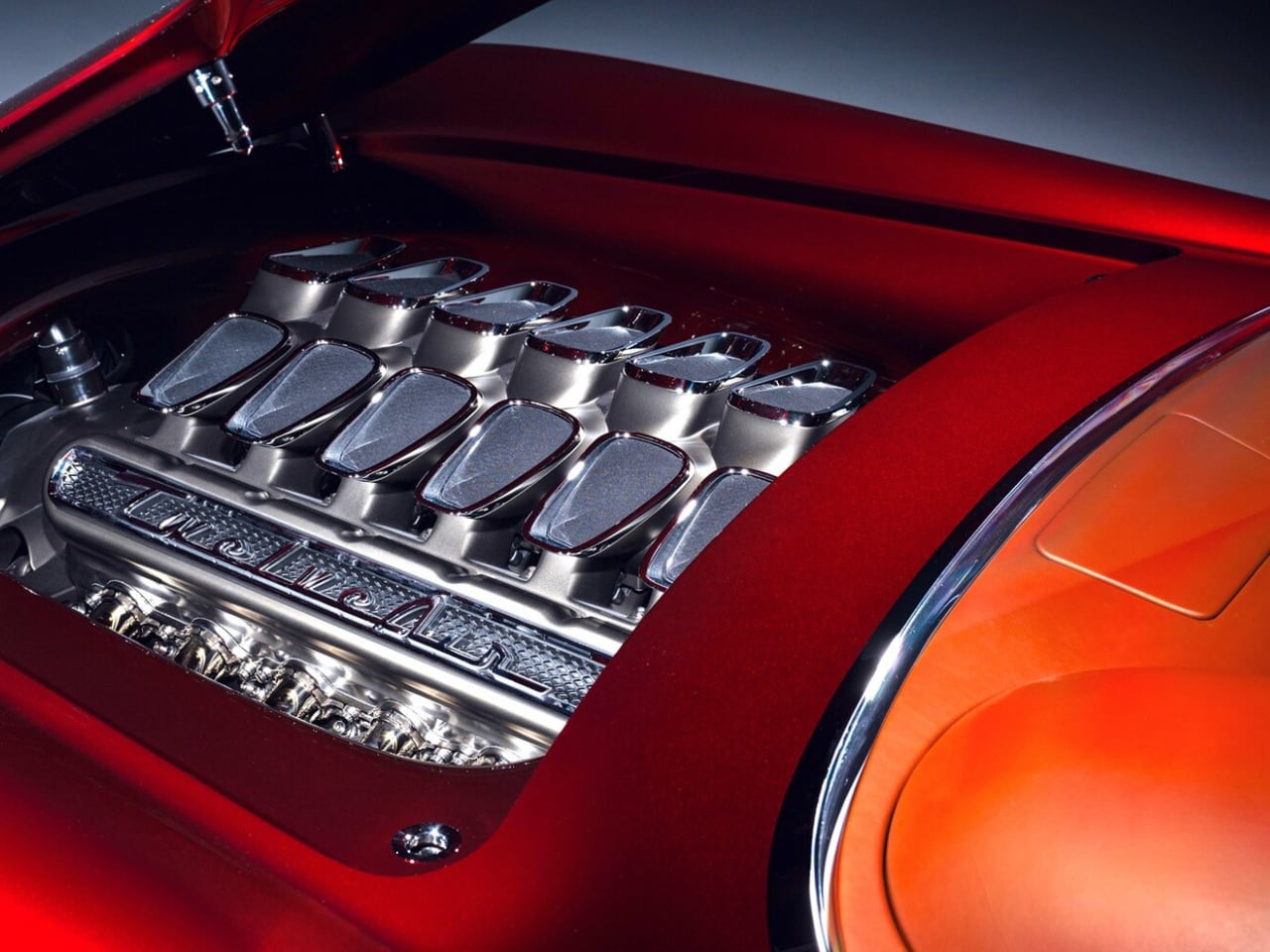
Take the engine bay, for example. The polished chrome engine covers, accented with sleek, scooped air intakes, form a visually stunning centerpiece. The engraved “TwelveAir” script on the engine block, combined with perfectly machined parts, reflects a level of precision only achievable through the blend of advanced tech and craftsmanship. The engine bay doesn’t overwhelm with excess—it strikes a balance between mechanical prowess and refined design, creating a lasting visual impact.
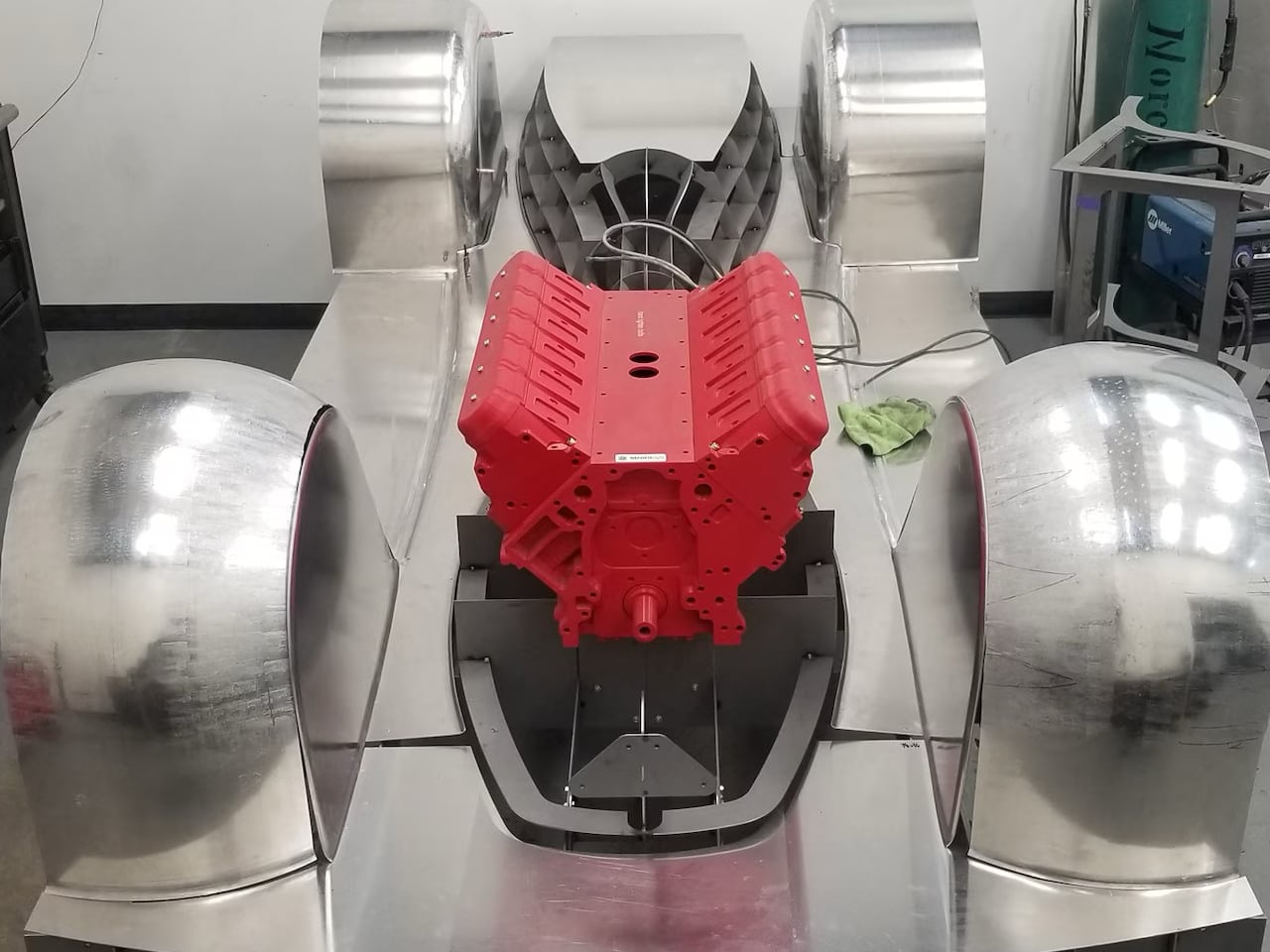
The suspension system is another perfect example of design merging with function. Inspired by the precision seen in Formula 1 and IndyCar designs, the suspension features a single horizontally mounted spring, which keeps the car’s stance low and aggressive while ensuring peak performance. The polished chrome suspension components hide beneath sleek, purpose-built panels, preserving the clean and minimal appearance while enhancing the car’s rigidity. This results in a visually appealing vehicle optimized for real-world performance.
The Art of Form and Function
The TwelveAir’s exterior grabs attention, but the engineering beneath the surface is just as impressive. Hidden within the car’s structure, the suspension system allows the bold body lines to remain uninterrupted. This design choice wasn’t merely about aesthetics—it also improves the car’s overall handling and strength, making it capable of harnessing the 650-horsepower V-12 engine.
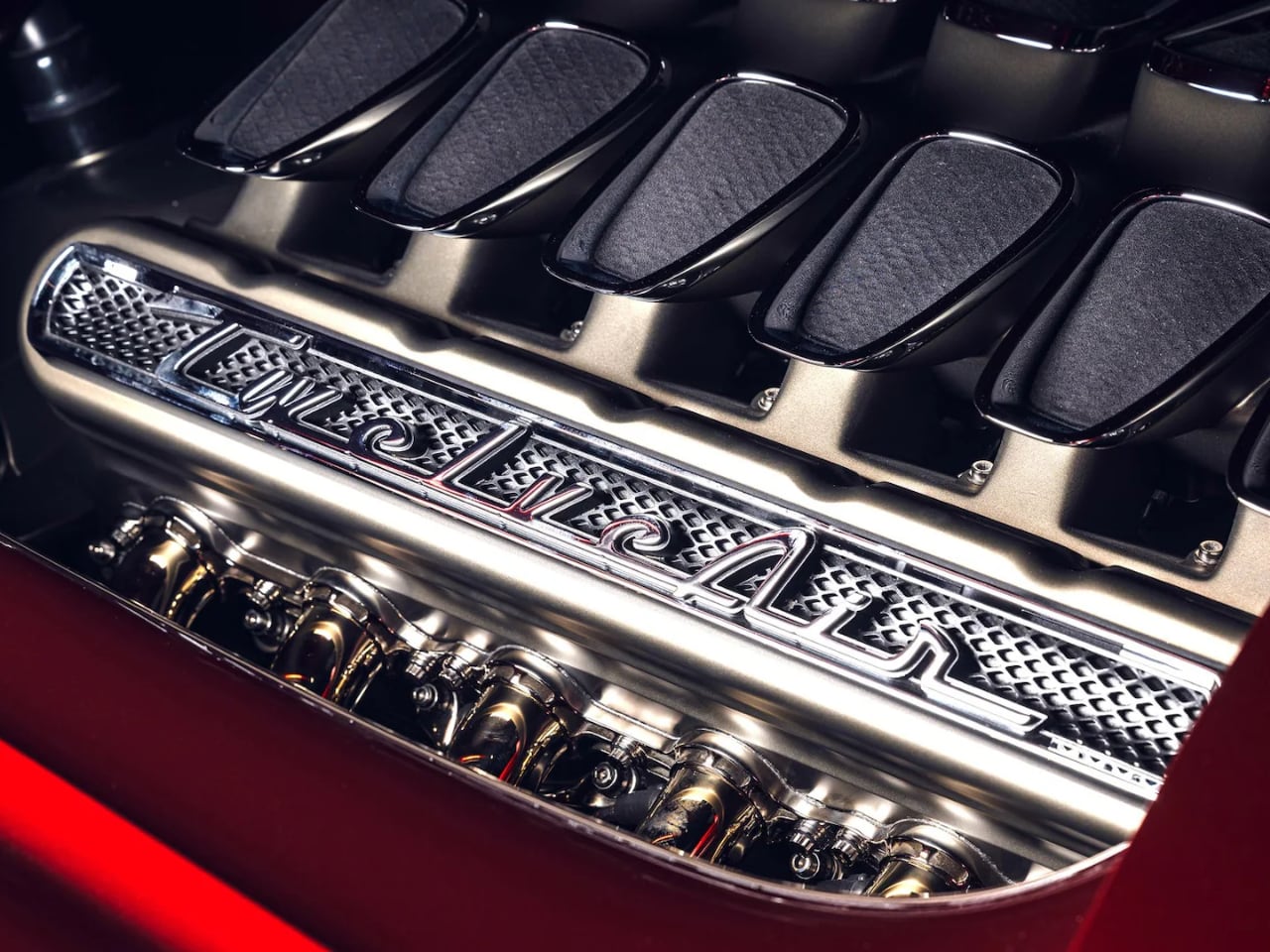
Speaking of the engine, it’s a V-12 LS-based powerhouse sourced from Race Cast Engineering. With 650 horsepower, it’s more than capable of delivering high performance, especially given the car’s lightweight aluminum body. What’s remarkable is how the engine’s visual presence complements the entire design. The sleek covers and exposed components don’t dominate the build but instead, harmonize with the car’s overall aesthetic. The “TwelveAir” logo engraved on the engine block acts as a subtle but effective nod to the car’s bespoke nature.
Each element in the car works in concert. The balance of performance and aesthetics is key. Everything from the engine placement to the suspension components reinforces this philosophy, ensuring the car goes beyond being a showpiece—this is a fully functional, high-performance machine.
A Luxury-Driven Interior
Inside the TwelveAir, the attention to detail is even more apparent. The interior, wrapped in rich sienna-colored leather, exudes sophistication and craftsmanship. The thin-spoked steering wheel, accented by chrome, offers a perfect blend of retro influence and modern design. The dashboard maintains a clean, minimalistic layout with smooth curves, polished metal finishes, and understated dials that don’t distract from the car’s interior flow.
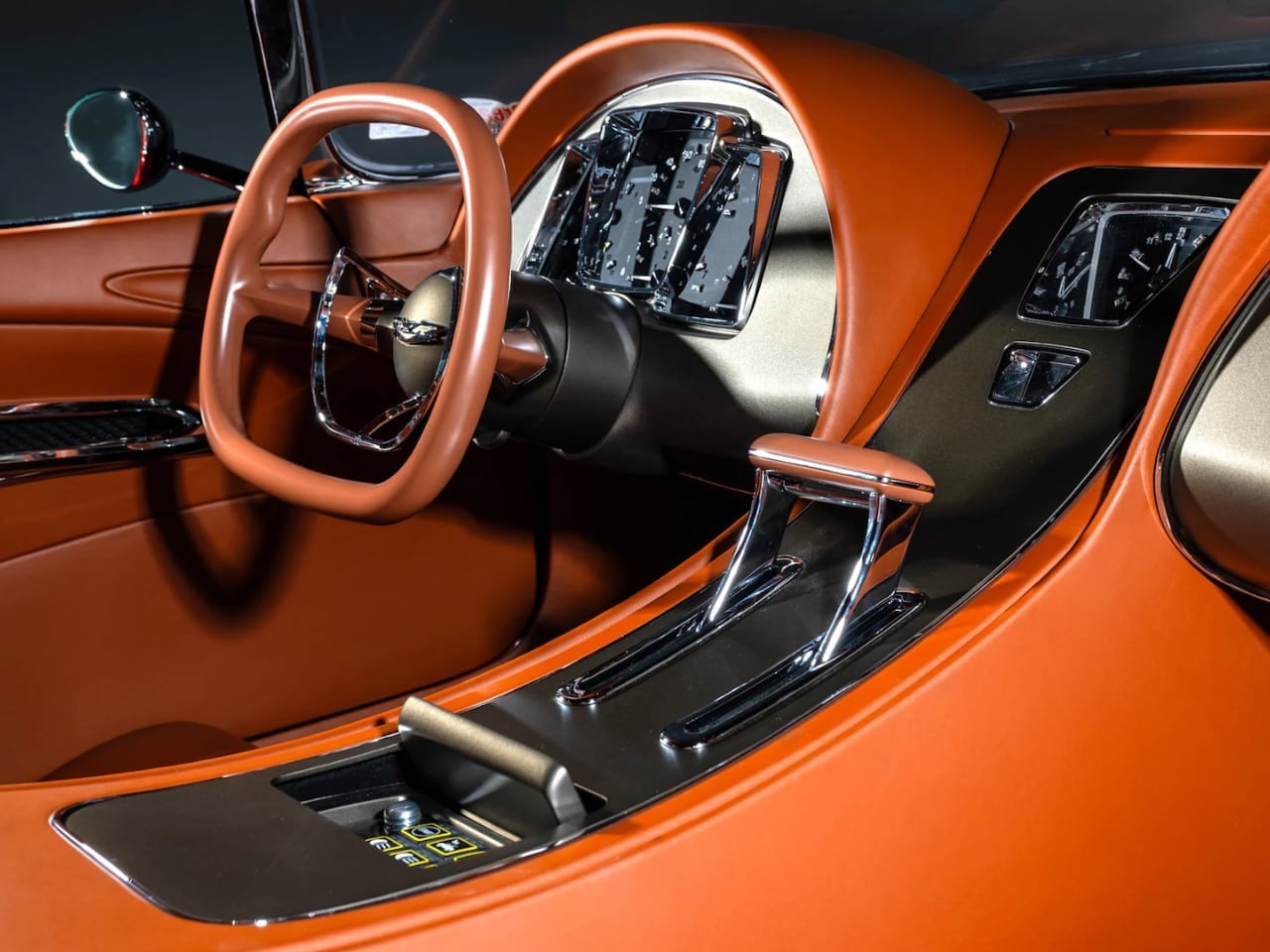
The chrome accents, carefully placed throughout the cabin, contrast beautifully with the soft leather, creating a tactile sense of luxury without overwhelming the senses. The balance between warmth and sharpness in the materials elevates the car’s design, making the interior feel futuristic and timeless.
The console and gear lever are simple, elegant, and integrated seamlessly into the overall design. Chrome touches along the gear shift area provide a subtle yet striking contrast against the leather. Every aspect of the interior has been designed with precision and thought, ensuring that form doesn’t overtake function.
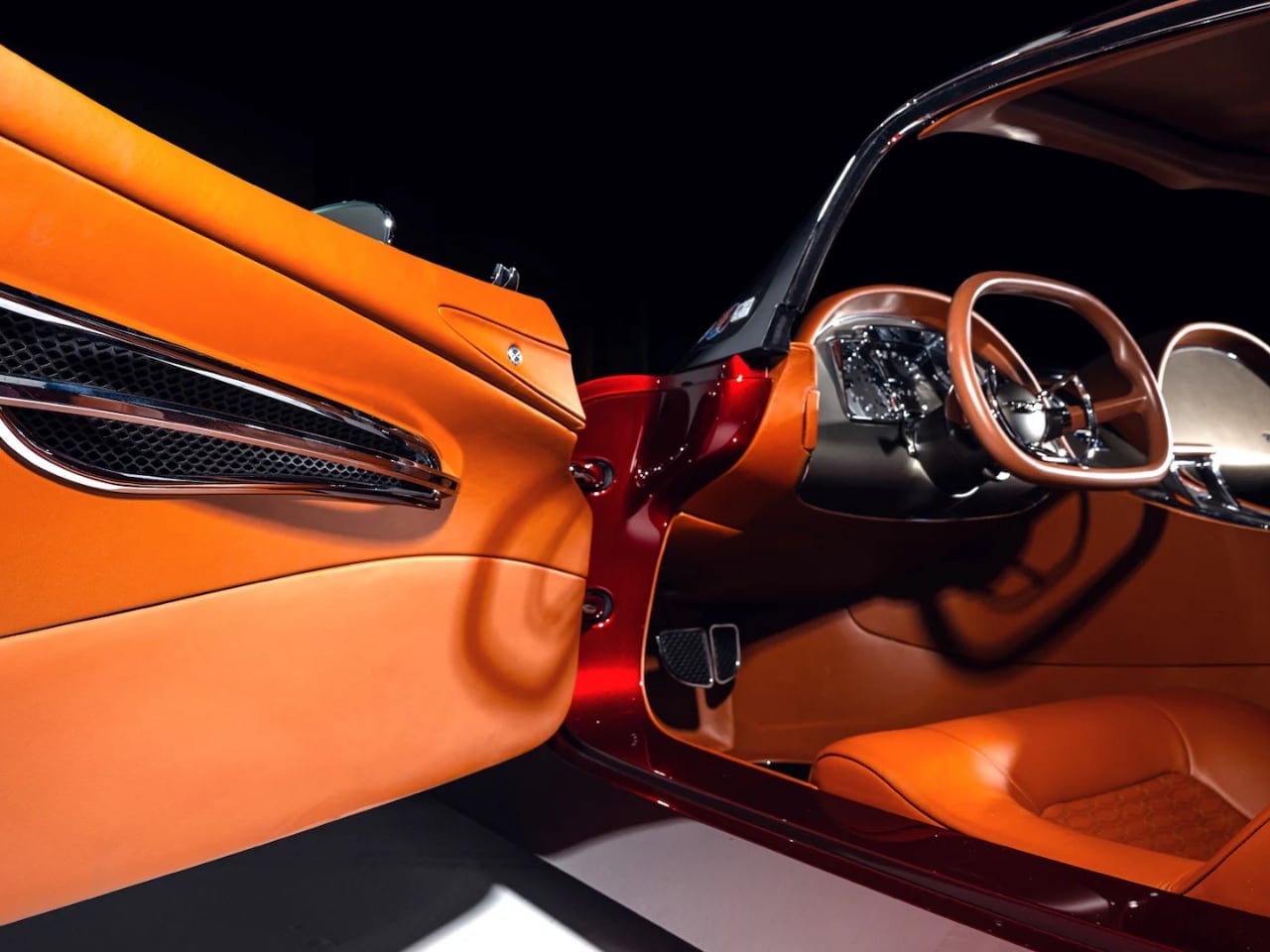
The door panels, with smooth orange leather seamlessly flowing from the exterior, showcase how carefully the designers considered every transition in the car. Even the most minor details, like the chrome trim on the door, are purposeful and consistent with the overall aesthetic. Everything from the color choices to the material feels bespoke and intentionally crafted.
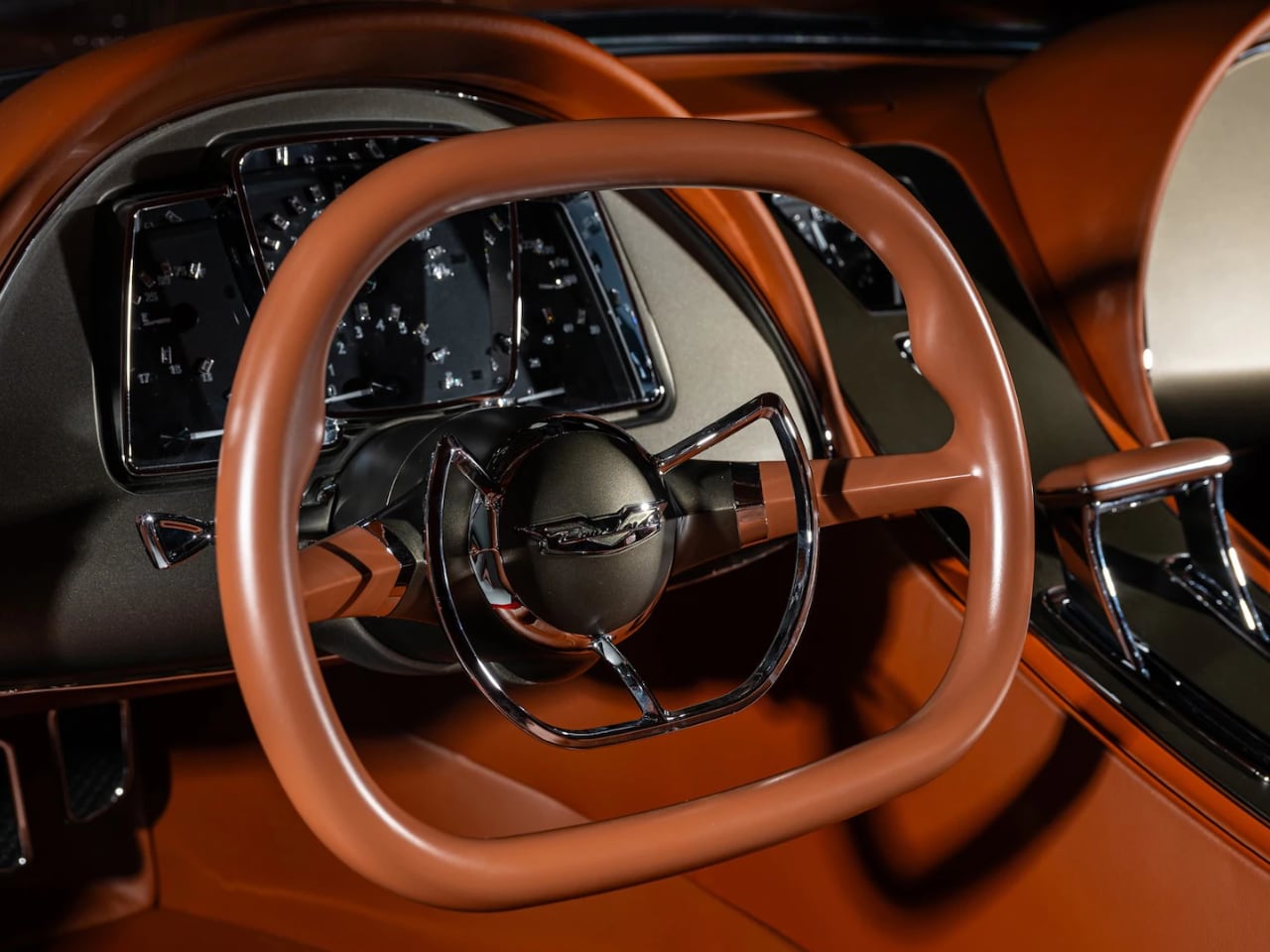
A Bold Color Palette
One of TwelveAir’s most striking features is its bold use of color. The deep metallic red of the exterior grabs attention instantly. The rich and reflective paint enhances the car’s dramatic shape, creating a sense of movement even when the car is stationary. Chrome accents break up the color, providing sharp contrasts that highlight the body’s sleek lines.

The interior’s orange leather feels both bold and luxurious. Its warmth contrasts sharply with the deep red exterior, creating a cohesive visual experience that flows naturally from outside to inside. The orange, rather than being overpowering, complements the modern design language, while the chrome details and high-polished finishes add refinement.
Pushing Custom Car Design Forward
Dave Kindig’s 1953 Corvette “TwelveAir” represents a new level of what’s possible in custom car design. By integrating traditional craftsmanship with modern technology, Kindig has created a car that transforms the classic Corvette into something forward-thinking. Every inch of the TwelveAir reflects thoughtful design, precise engineering, and attention to detail that few custom builds achieve.
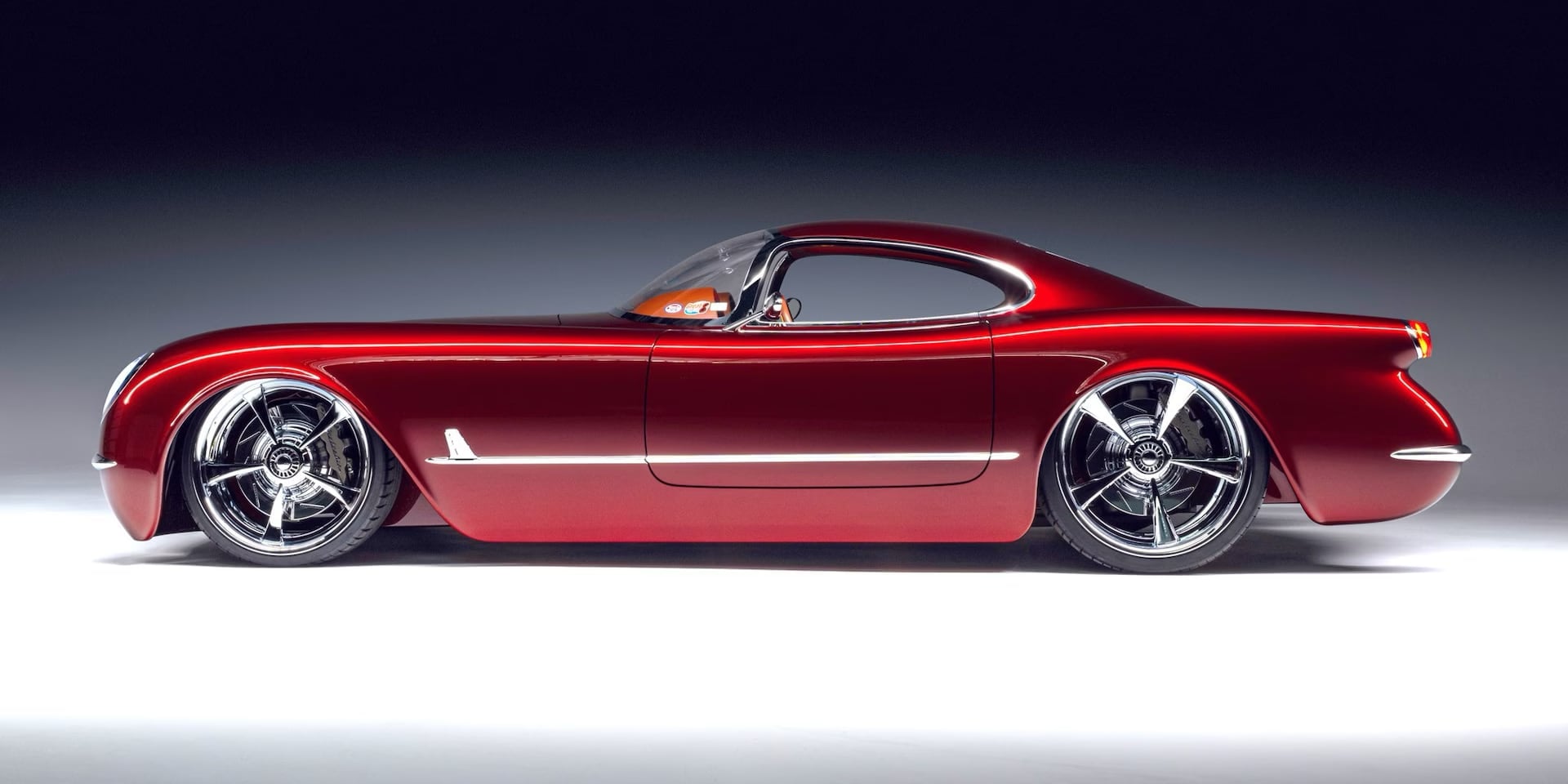
This car is a complete transformation, built from the ground up. Using tools like CAD modeling and 3D printing alongside traditional hand-forming techniques, Kindig shows how the future of custom cars blends artistry and technology. The TwelveAir sets a new standard for Corvettes and the entire custom car industry, perfectly balancing function and design.
With the TwelveAir, Kindig has crafted a vision of the future of automotive design. It’s a bold, beautiful, and groundbreaking example of what’s possible when you refuse to be limited by tradition.
The post How Dave Kindig’s 1953 Corvette ‘TwelveAir’ Sets a New Standard for Custom Car Design first appeared on Yanko Design.












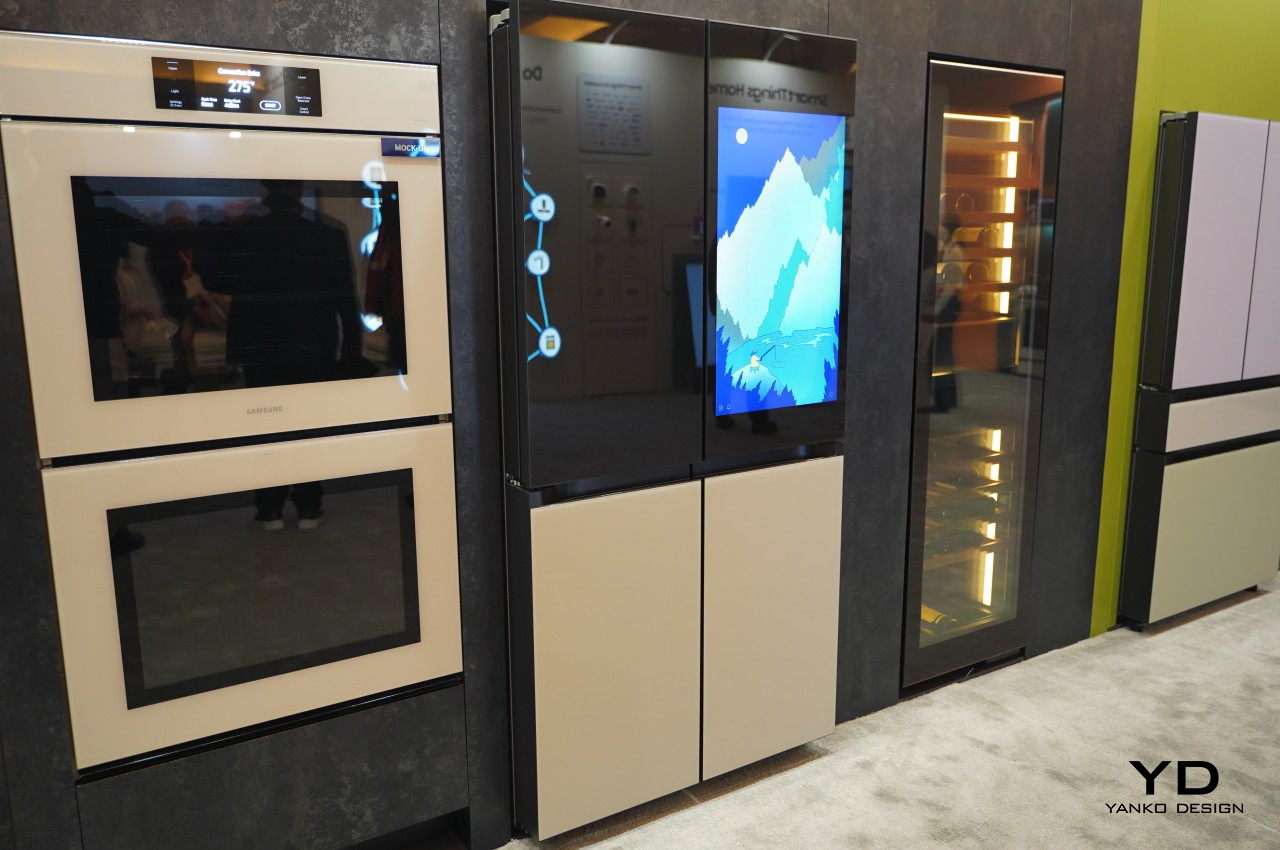
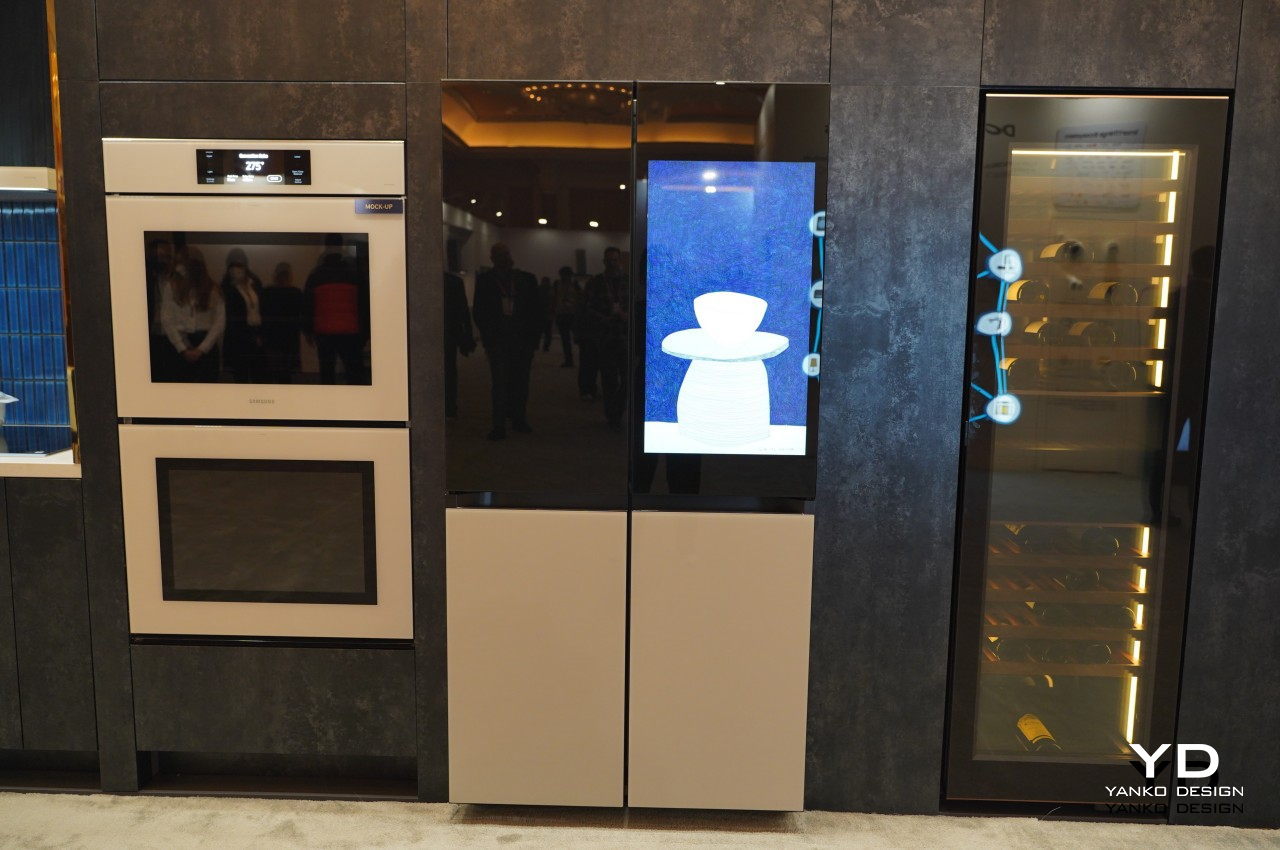
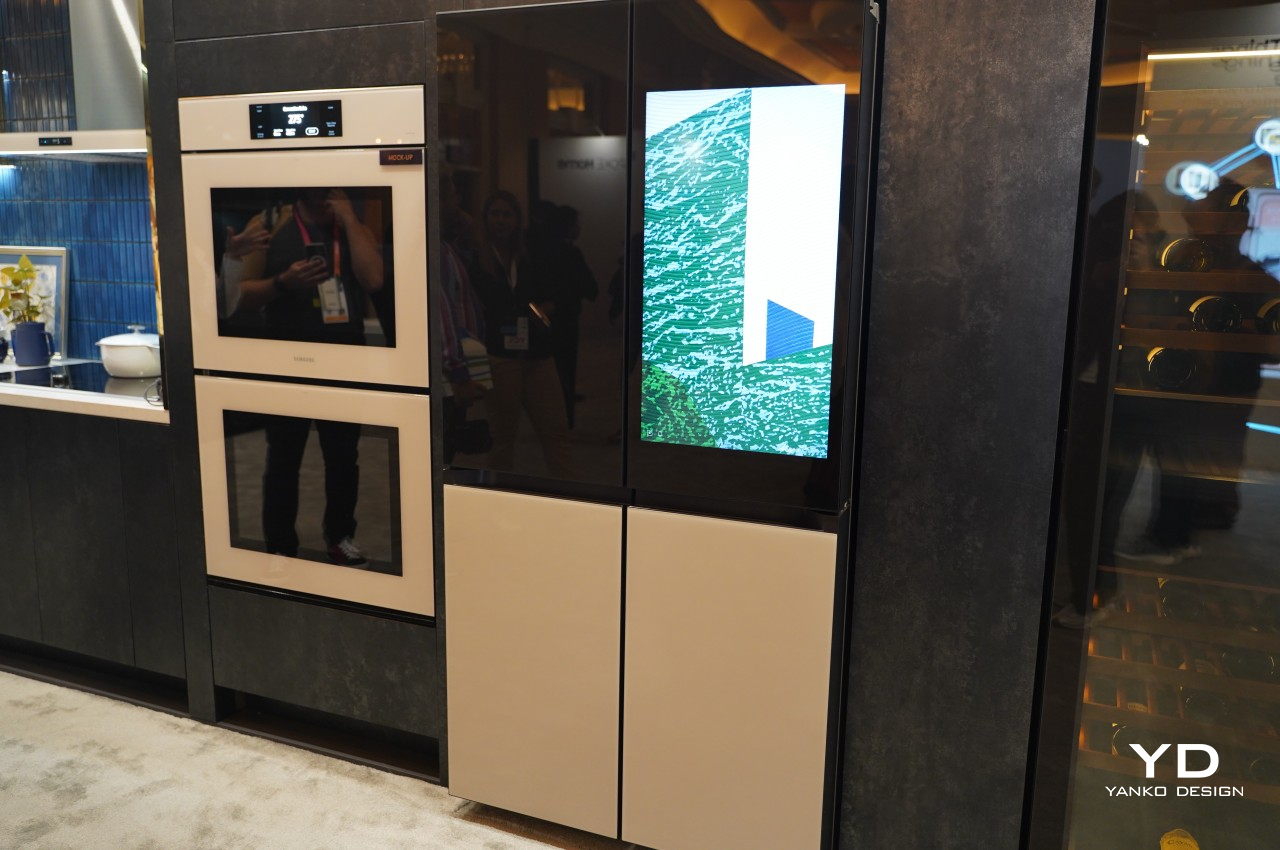
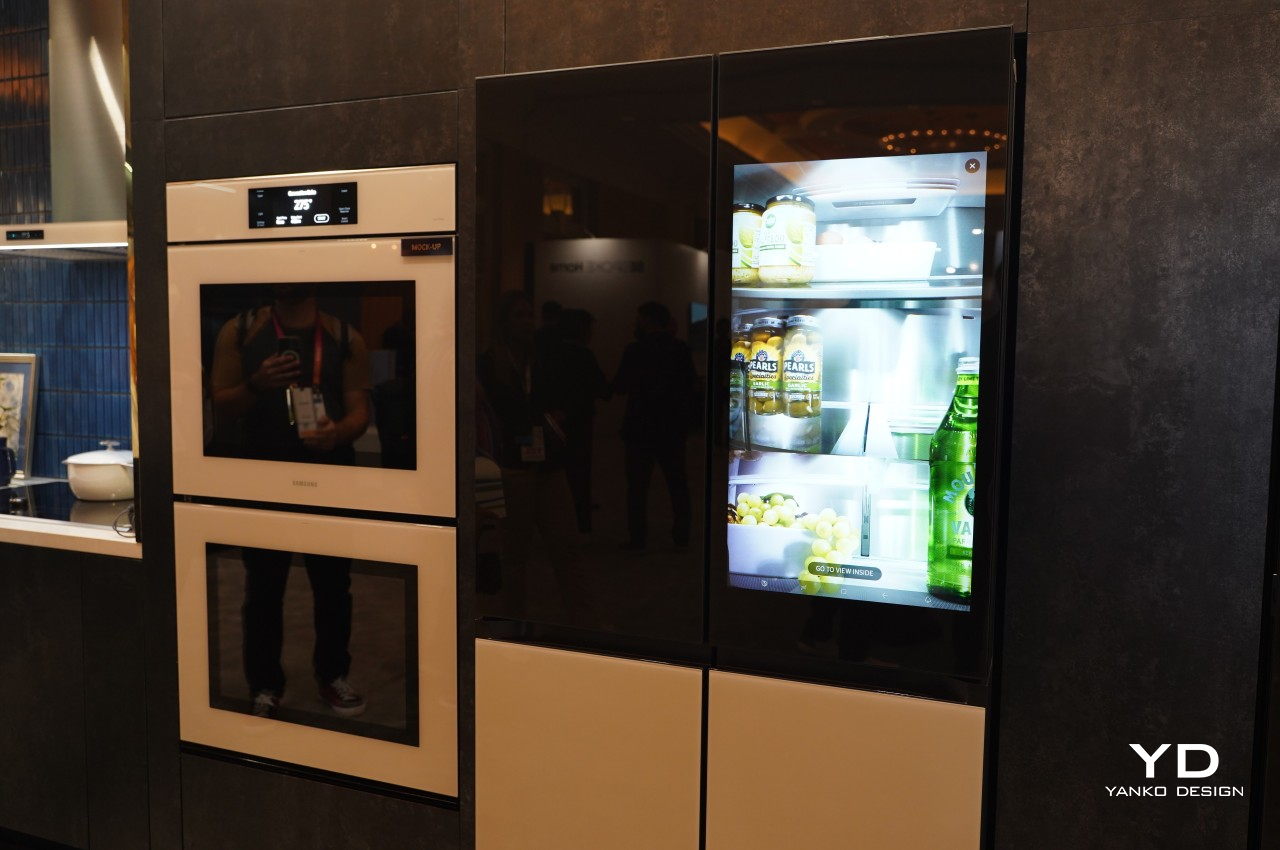
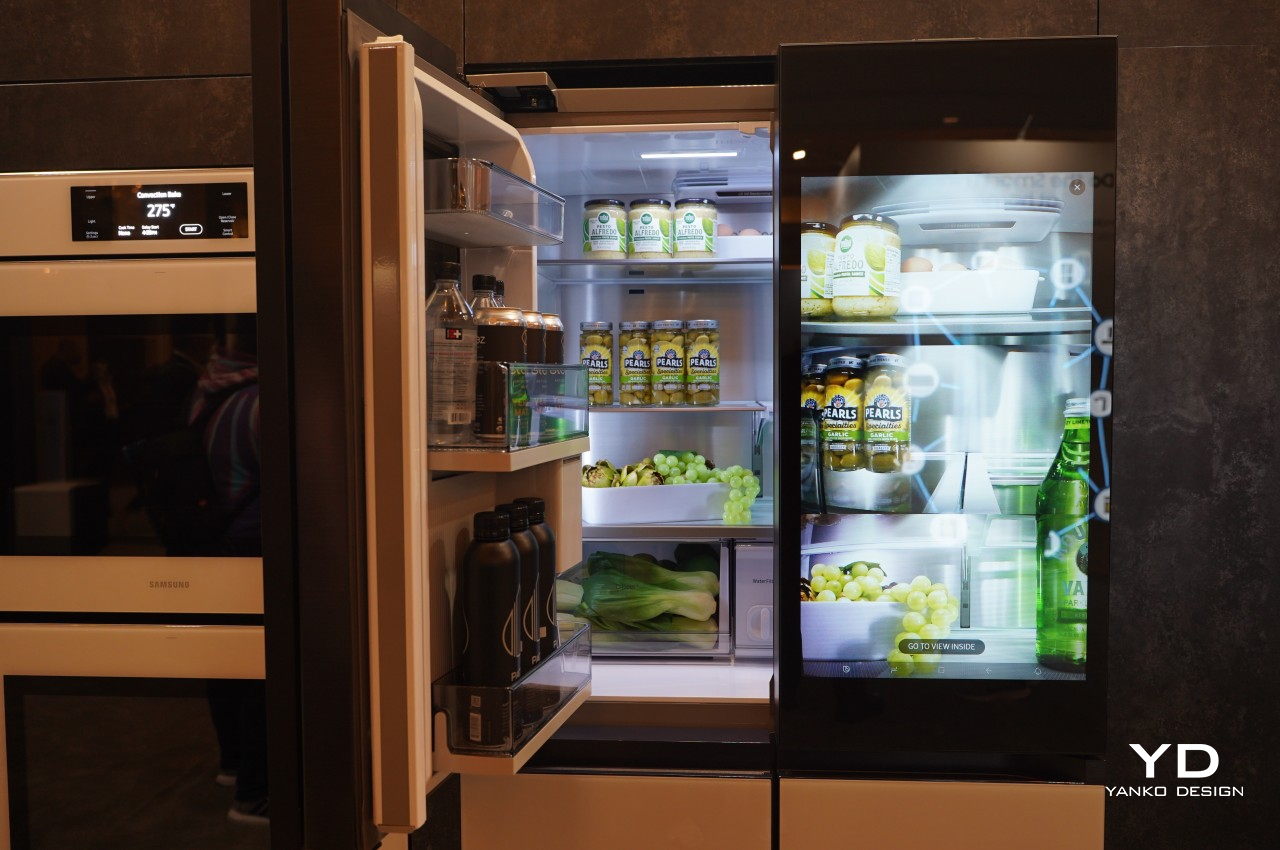
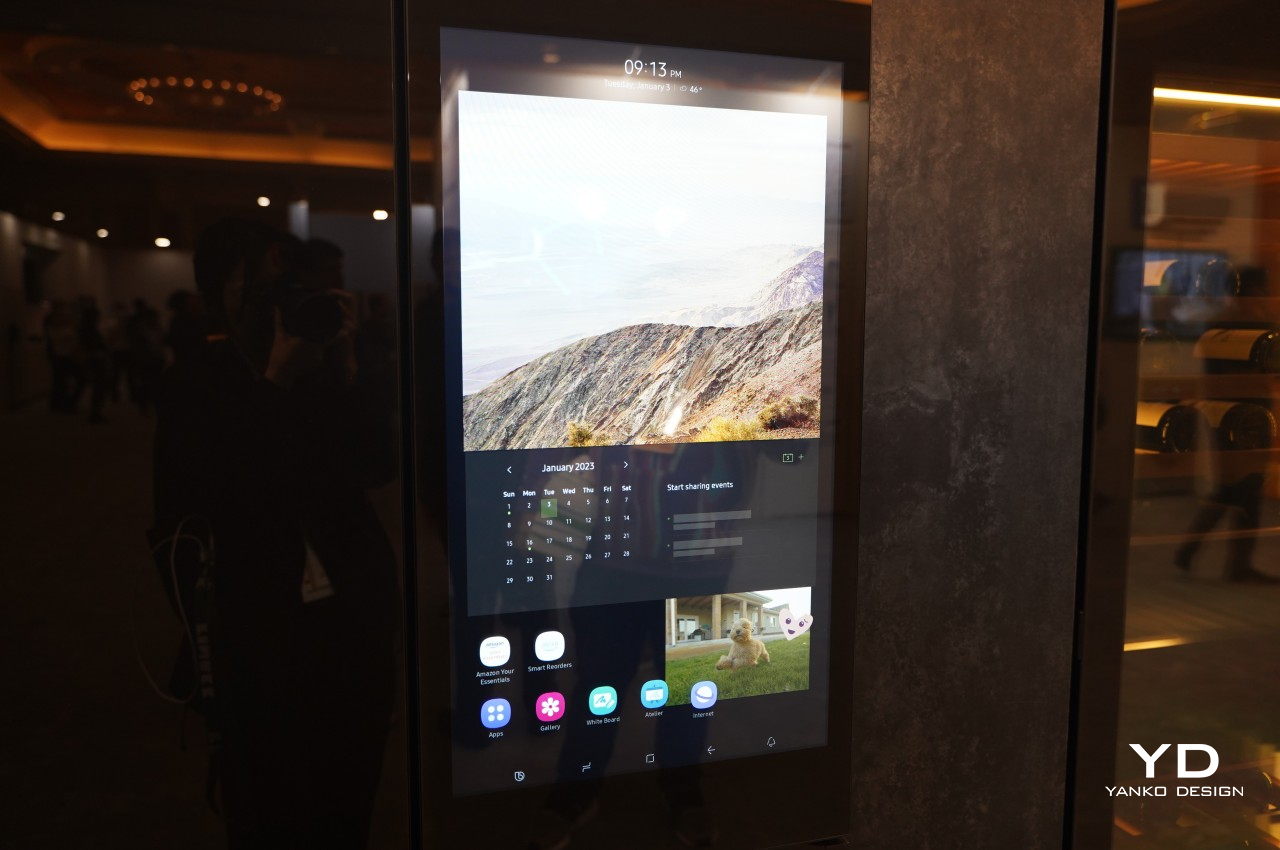
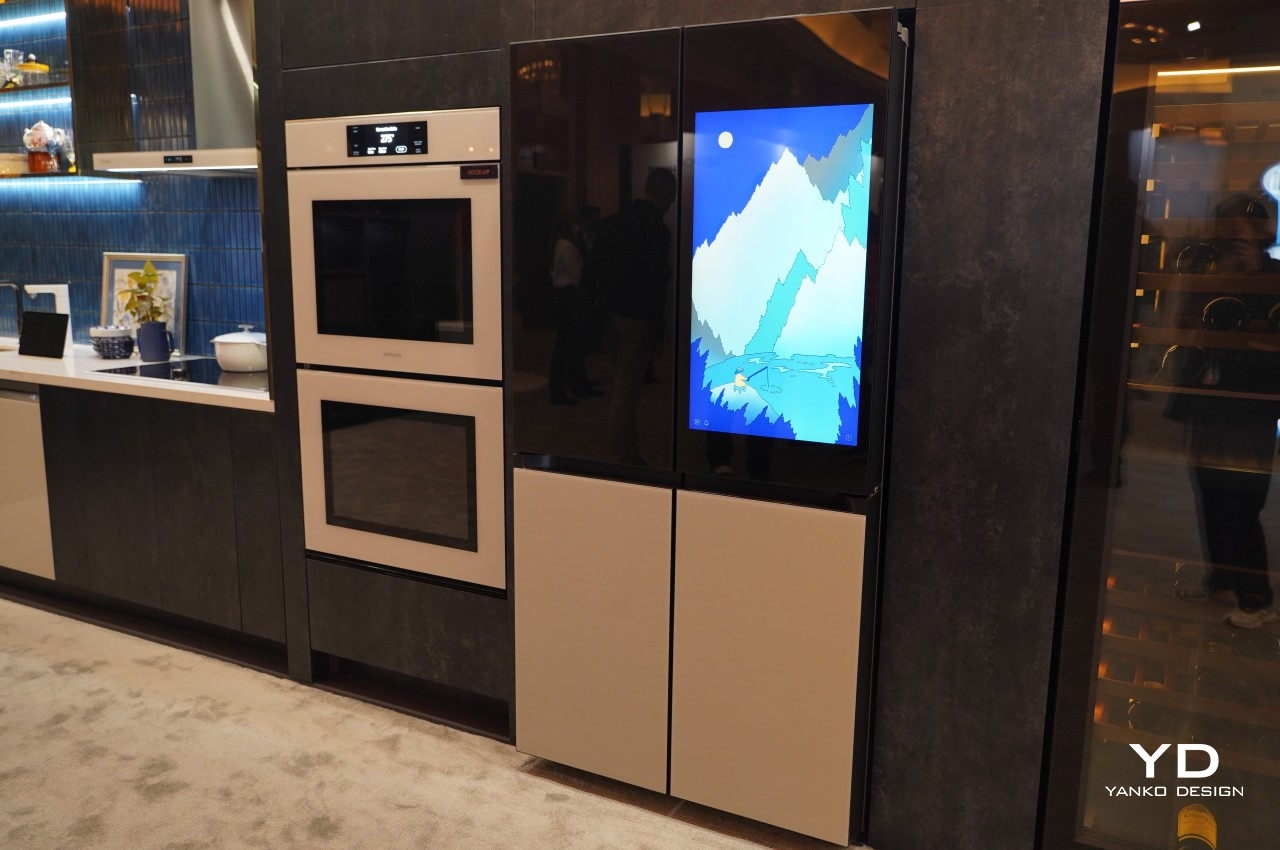
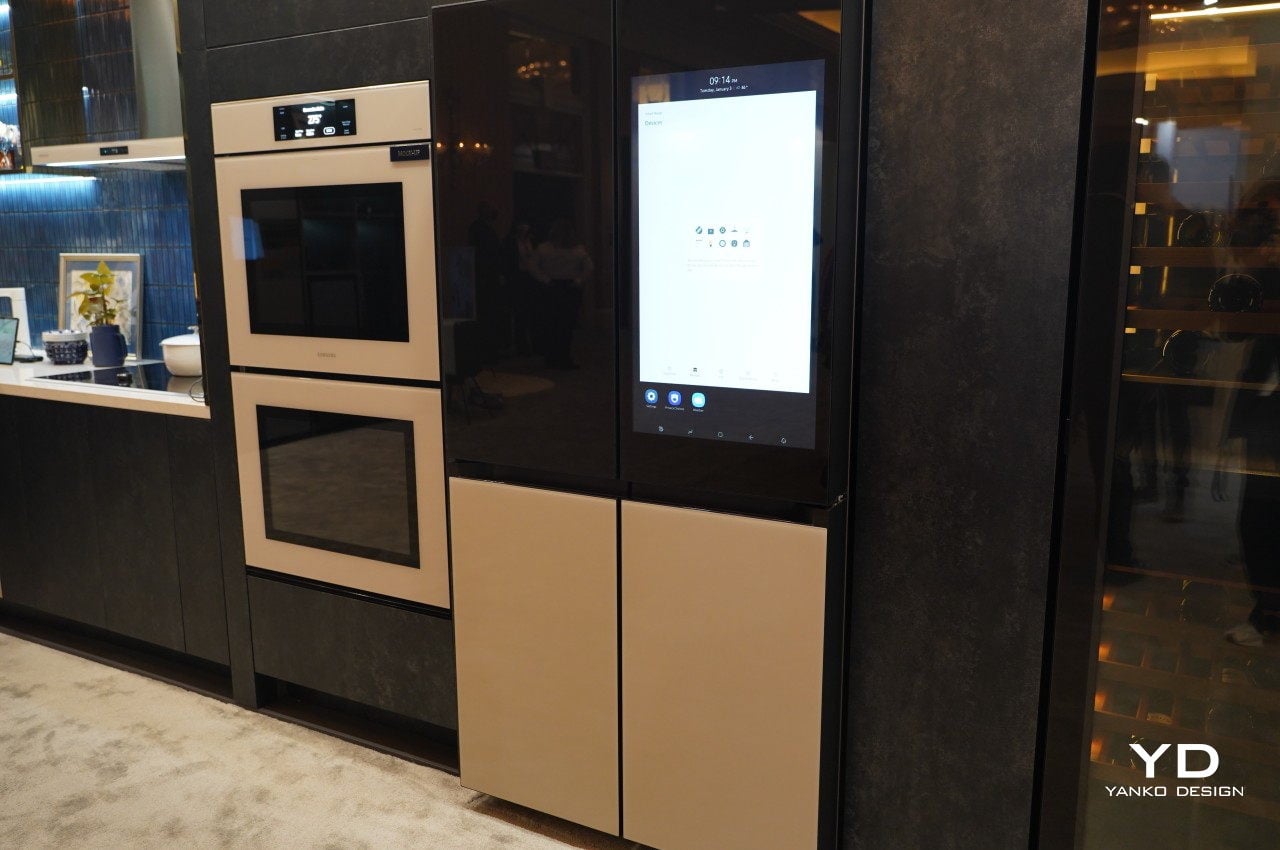
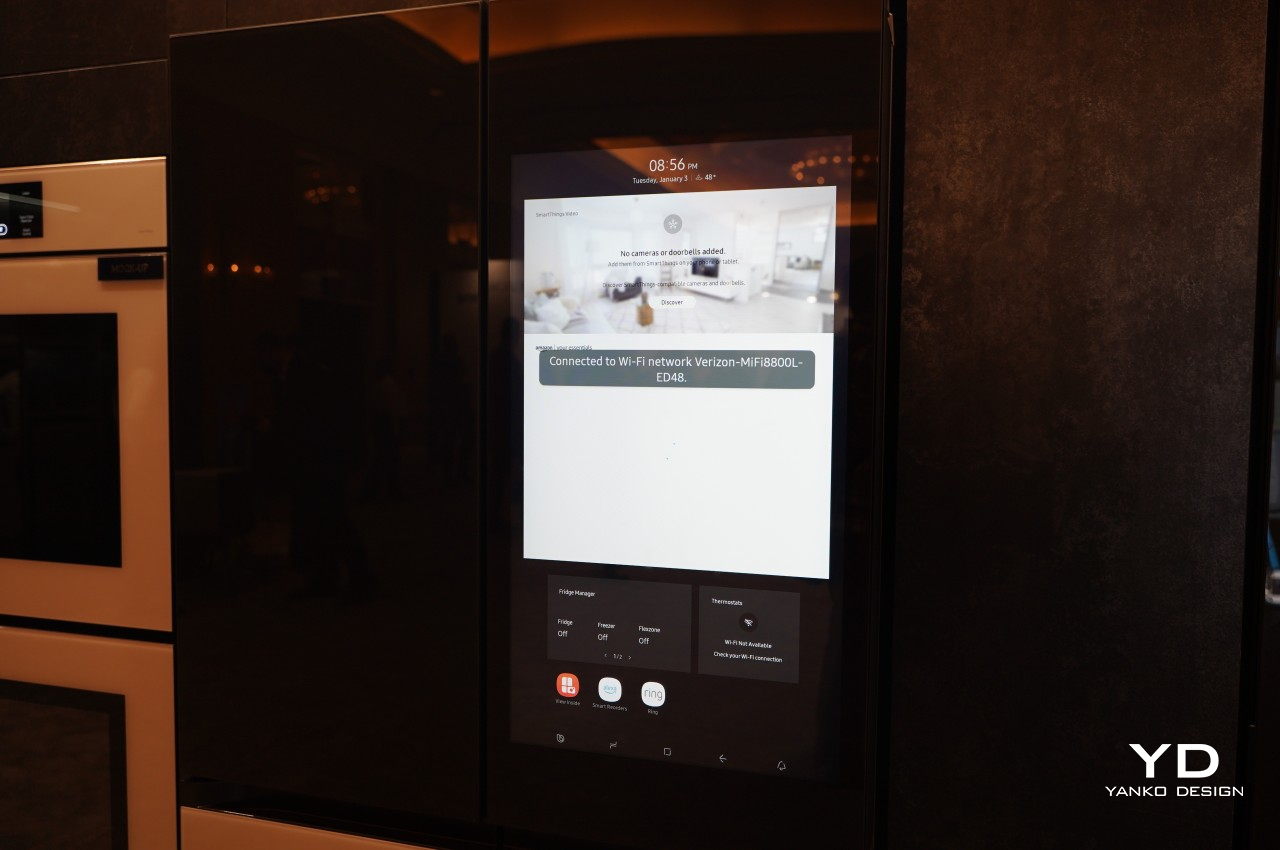
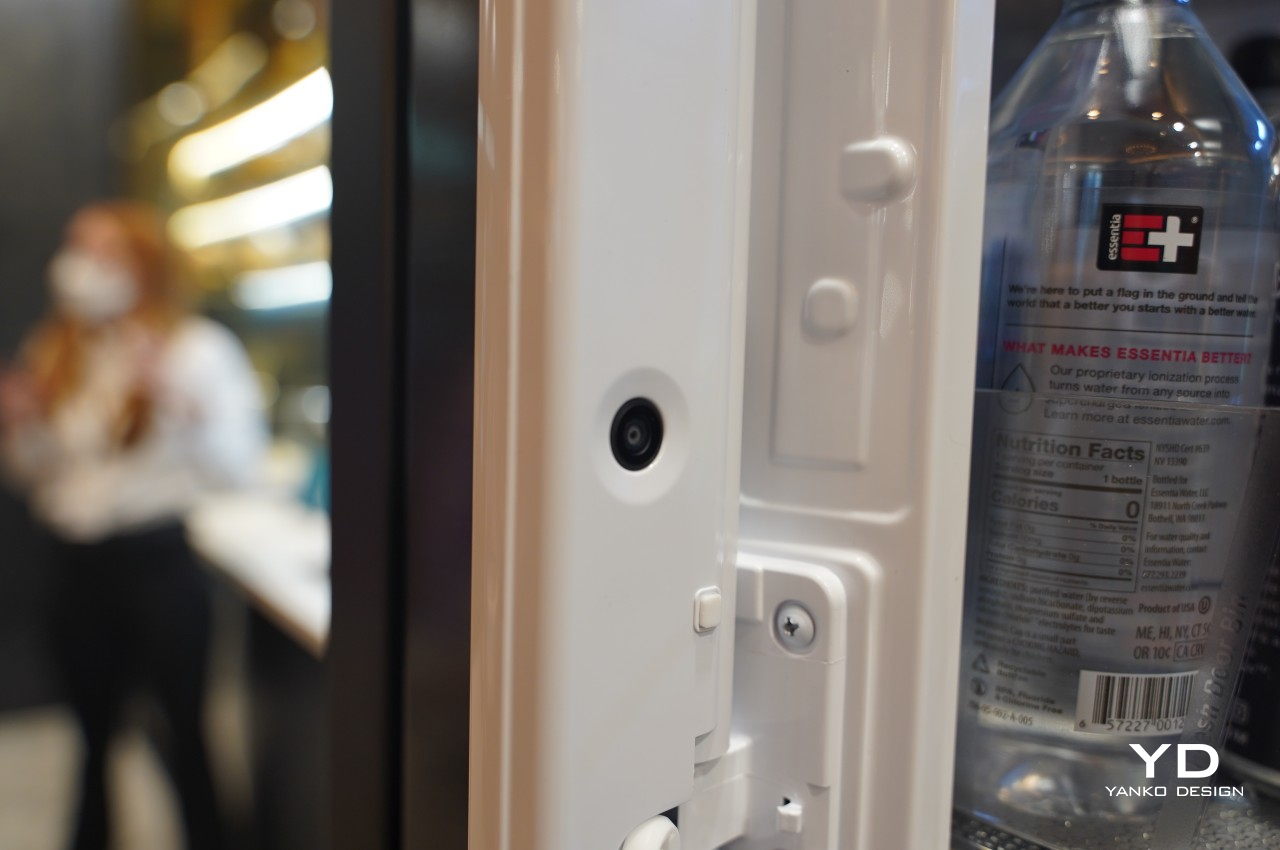
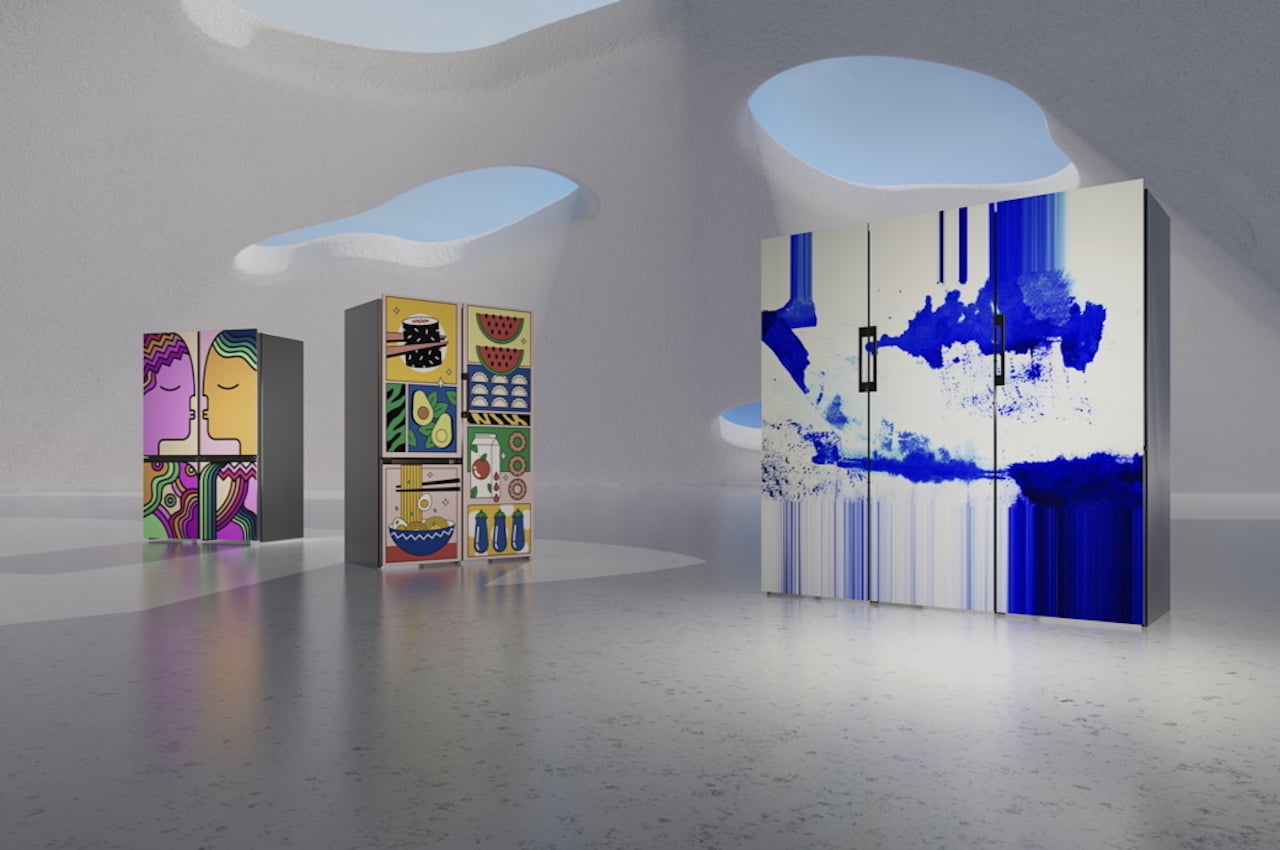
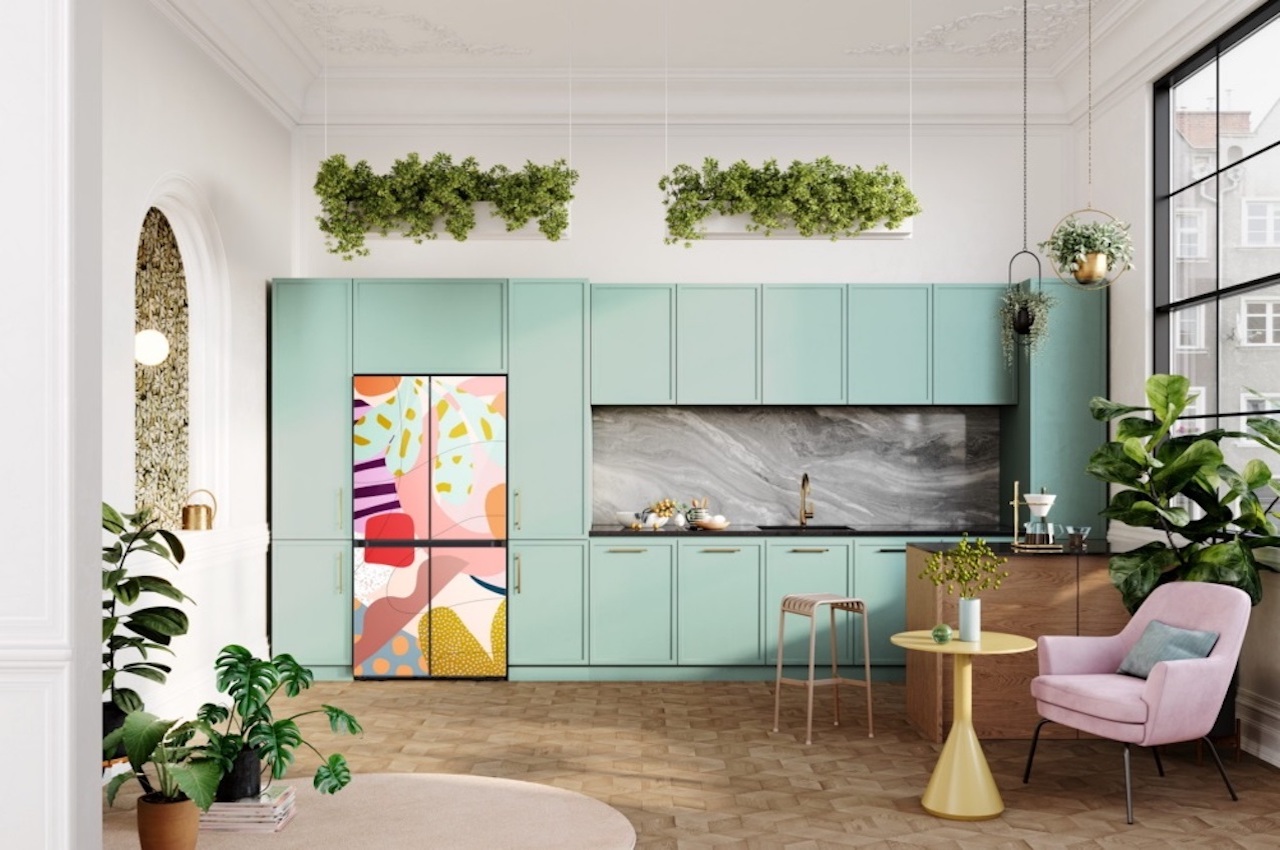
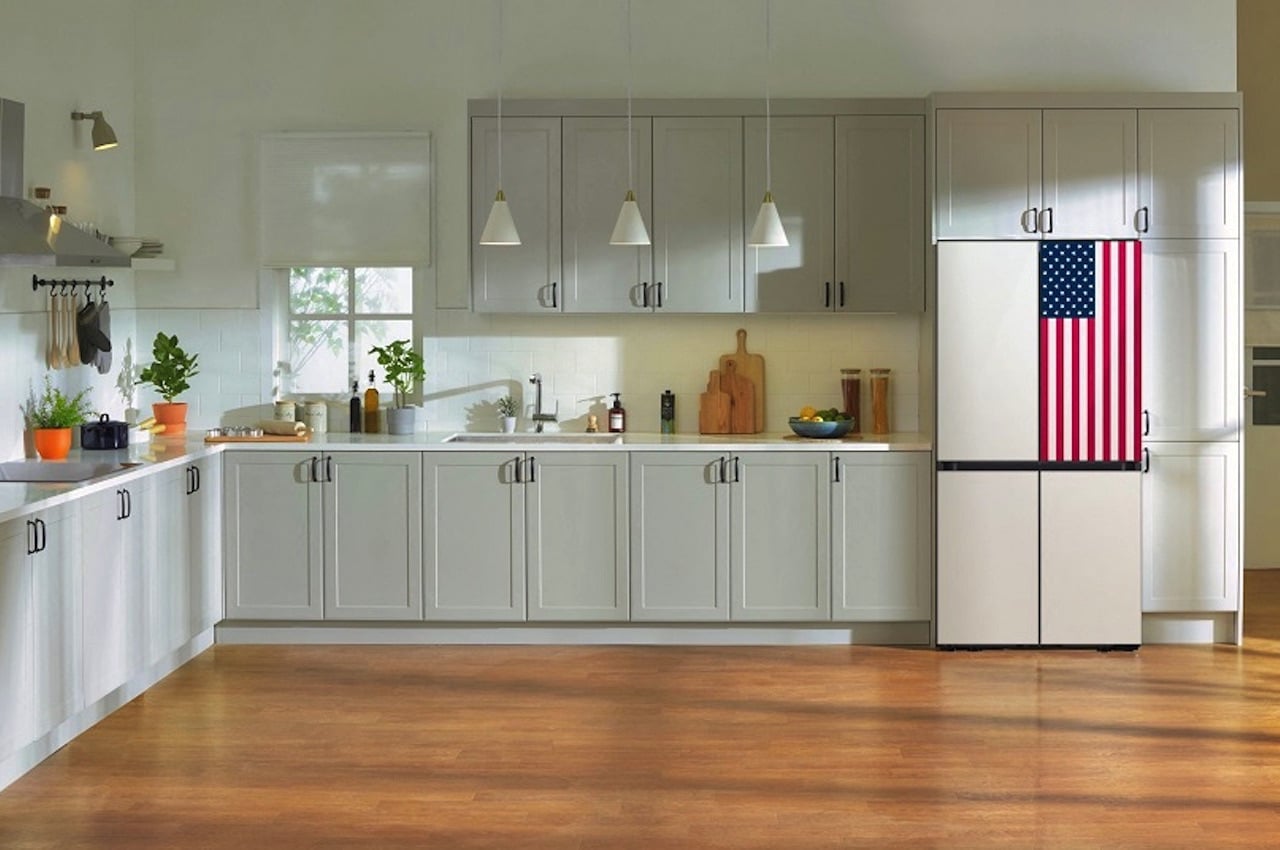
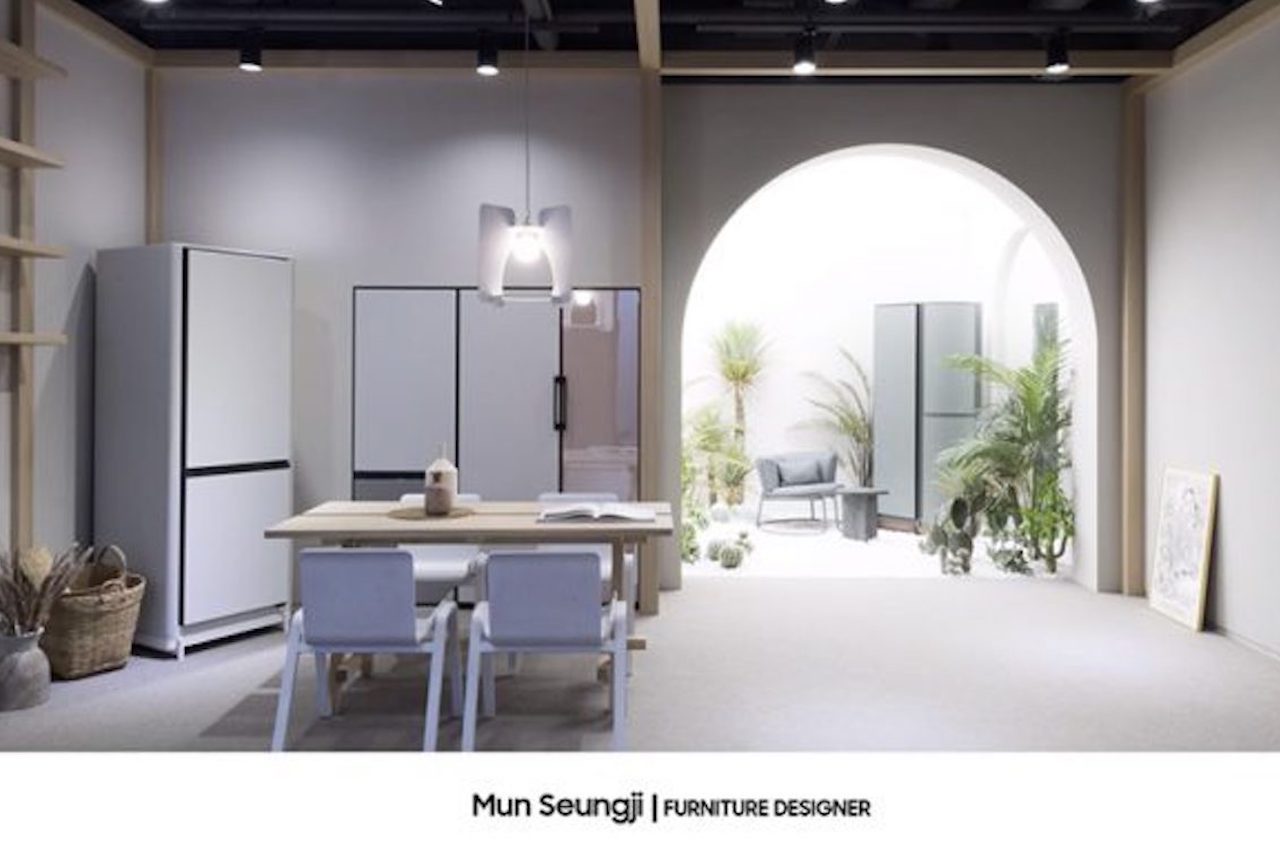
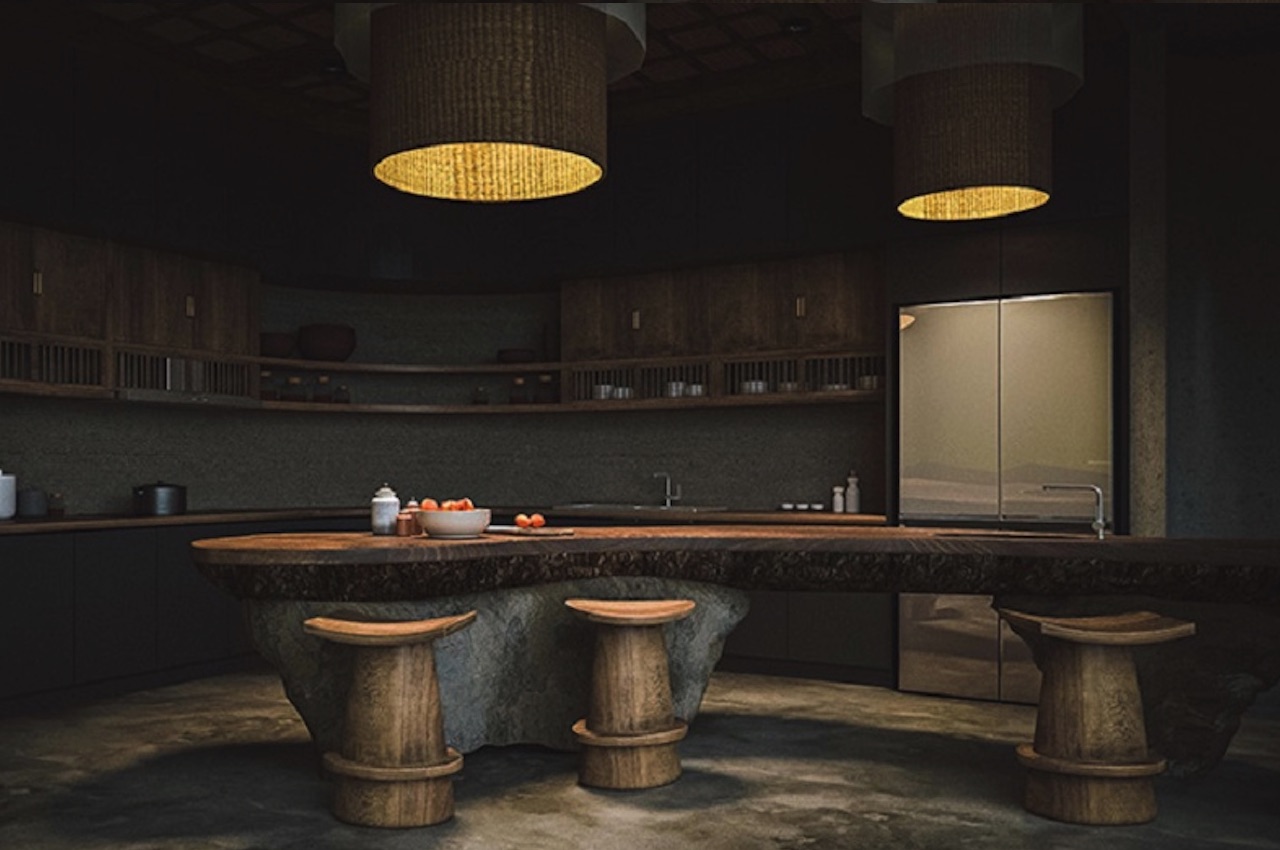
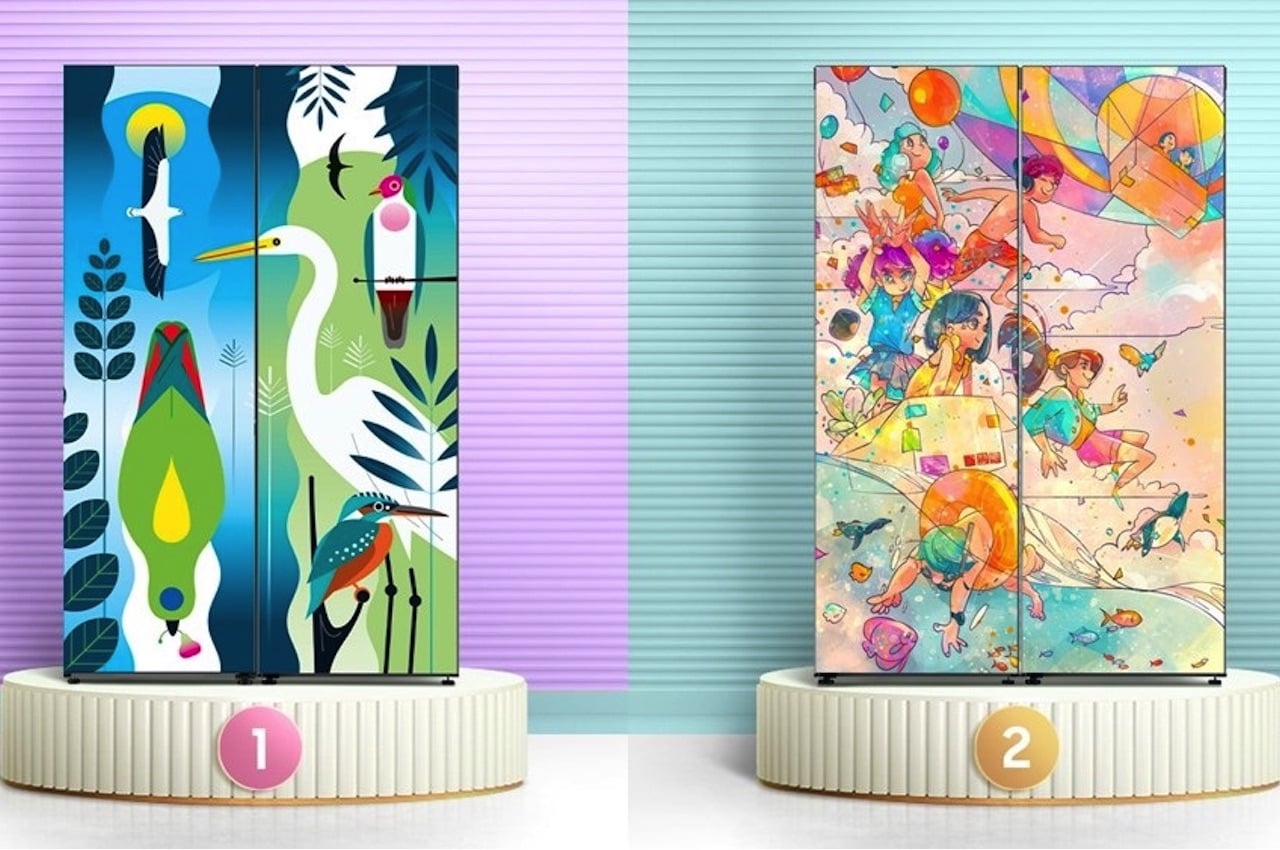
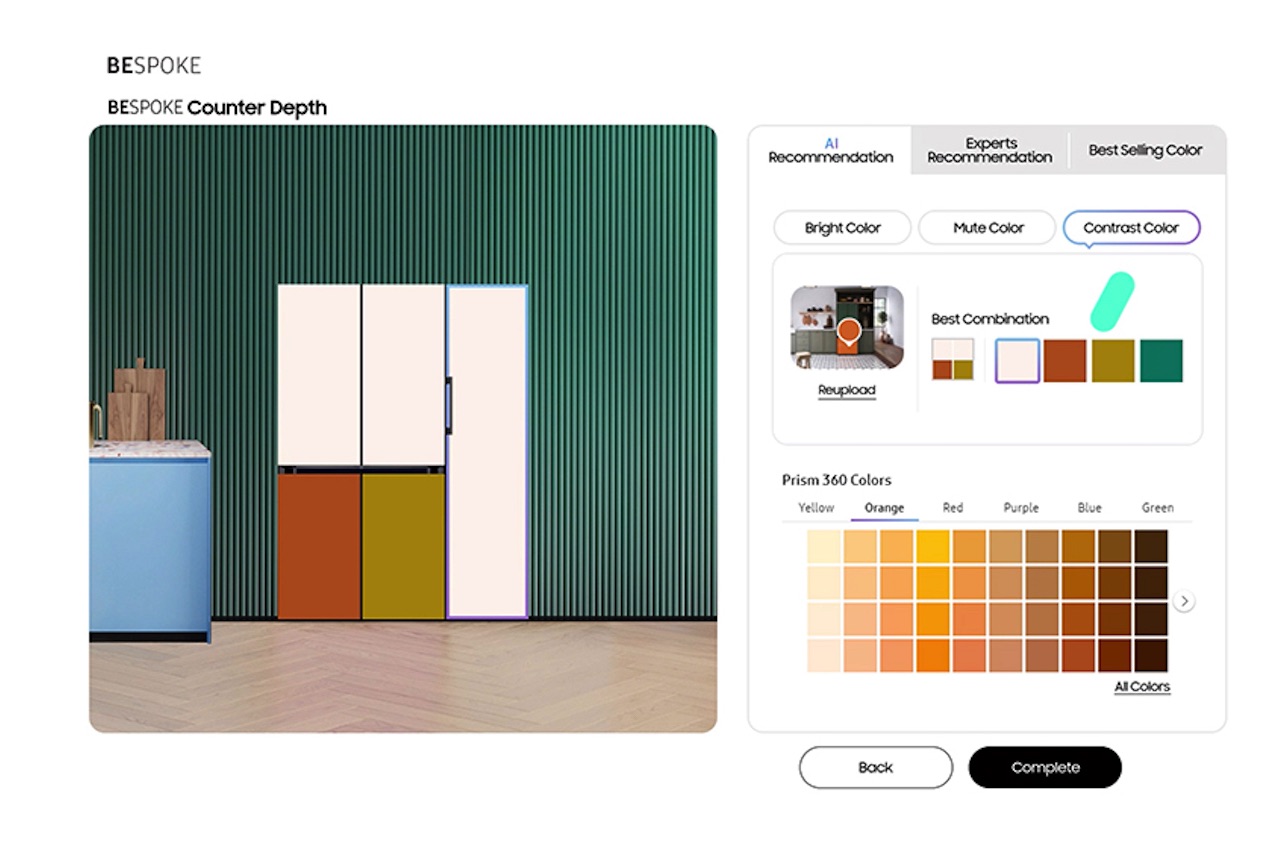
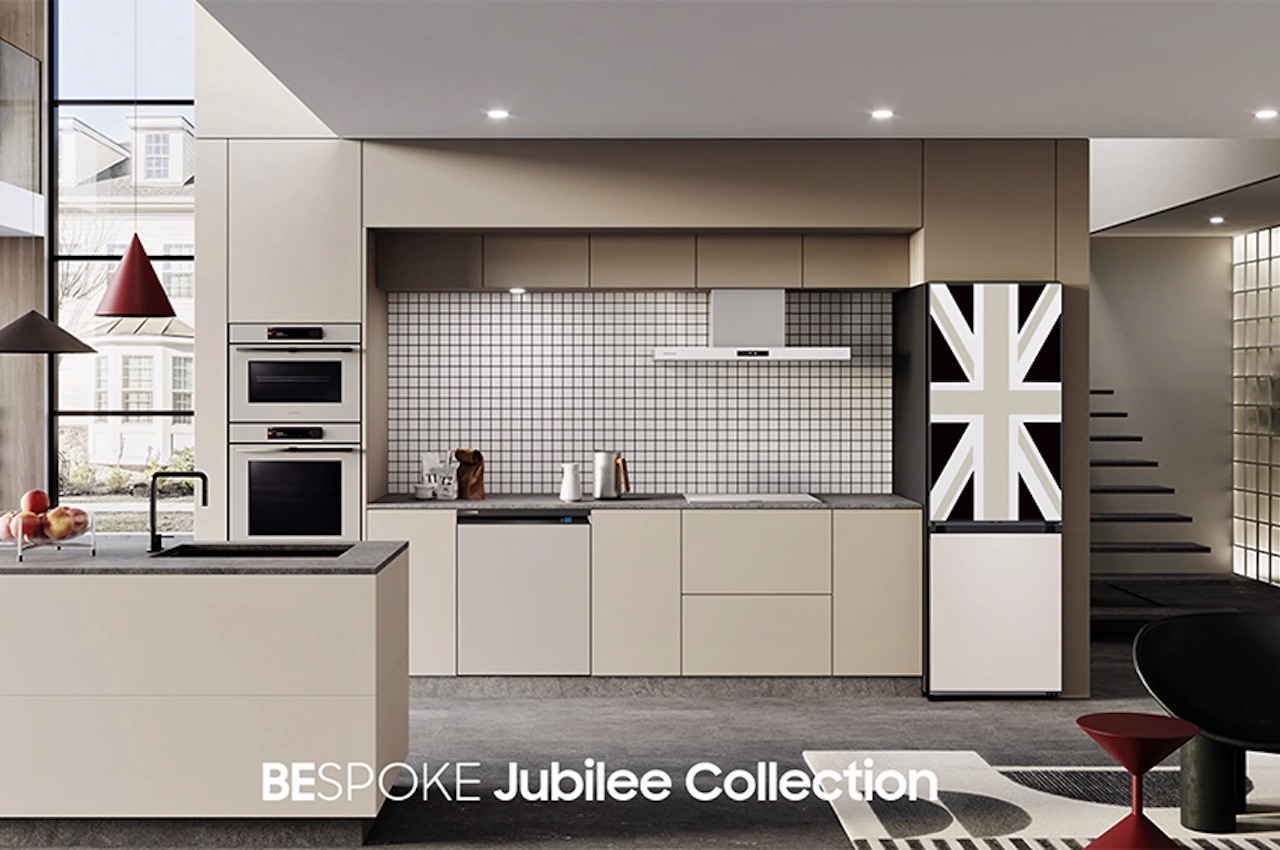
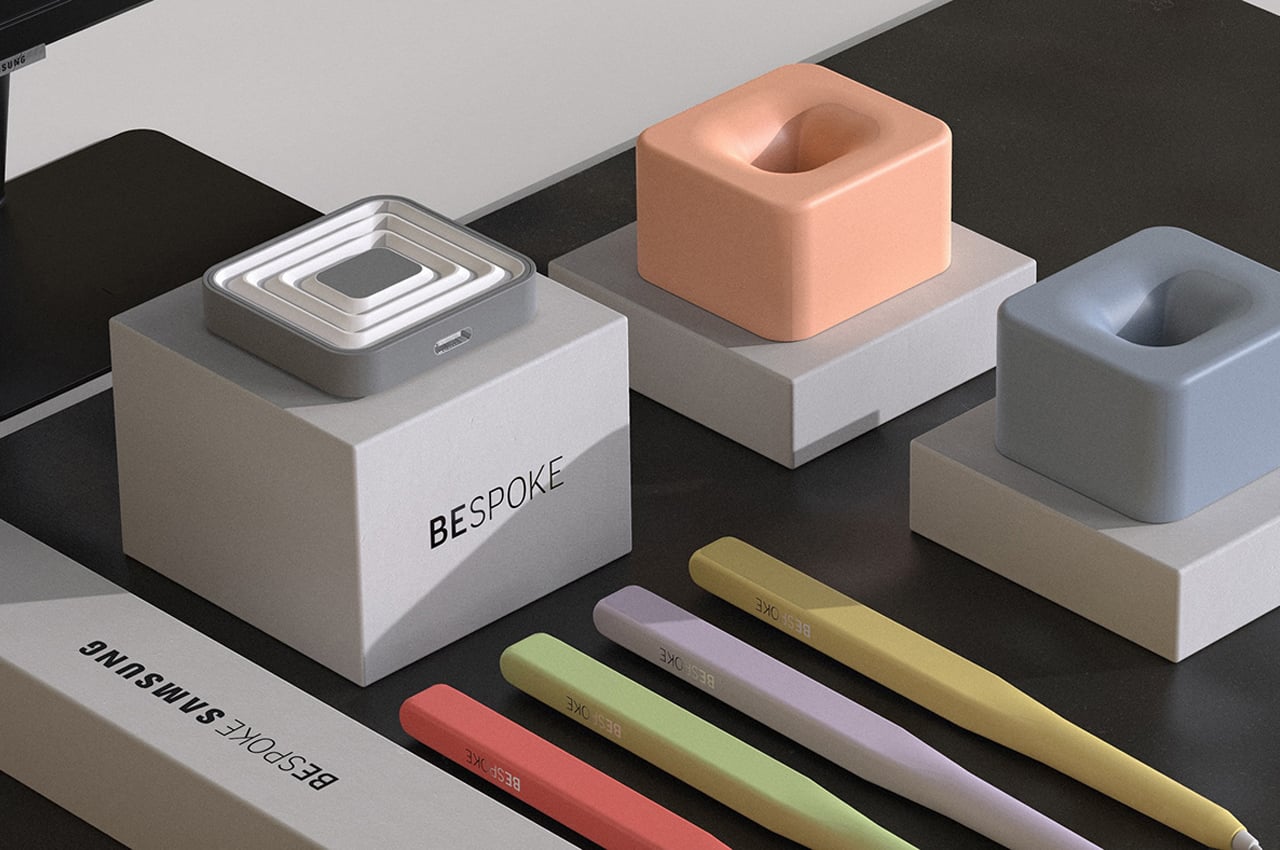

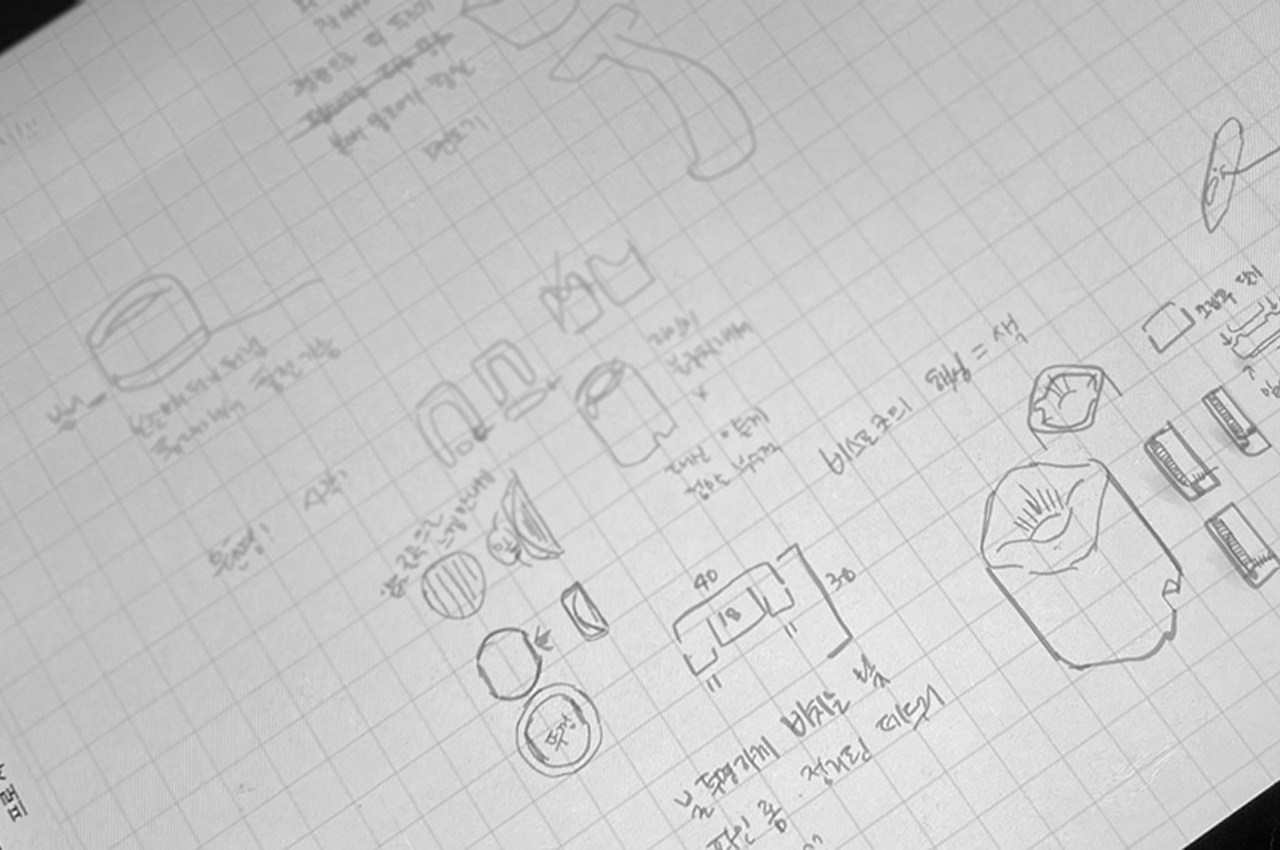
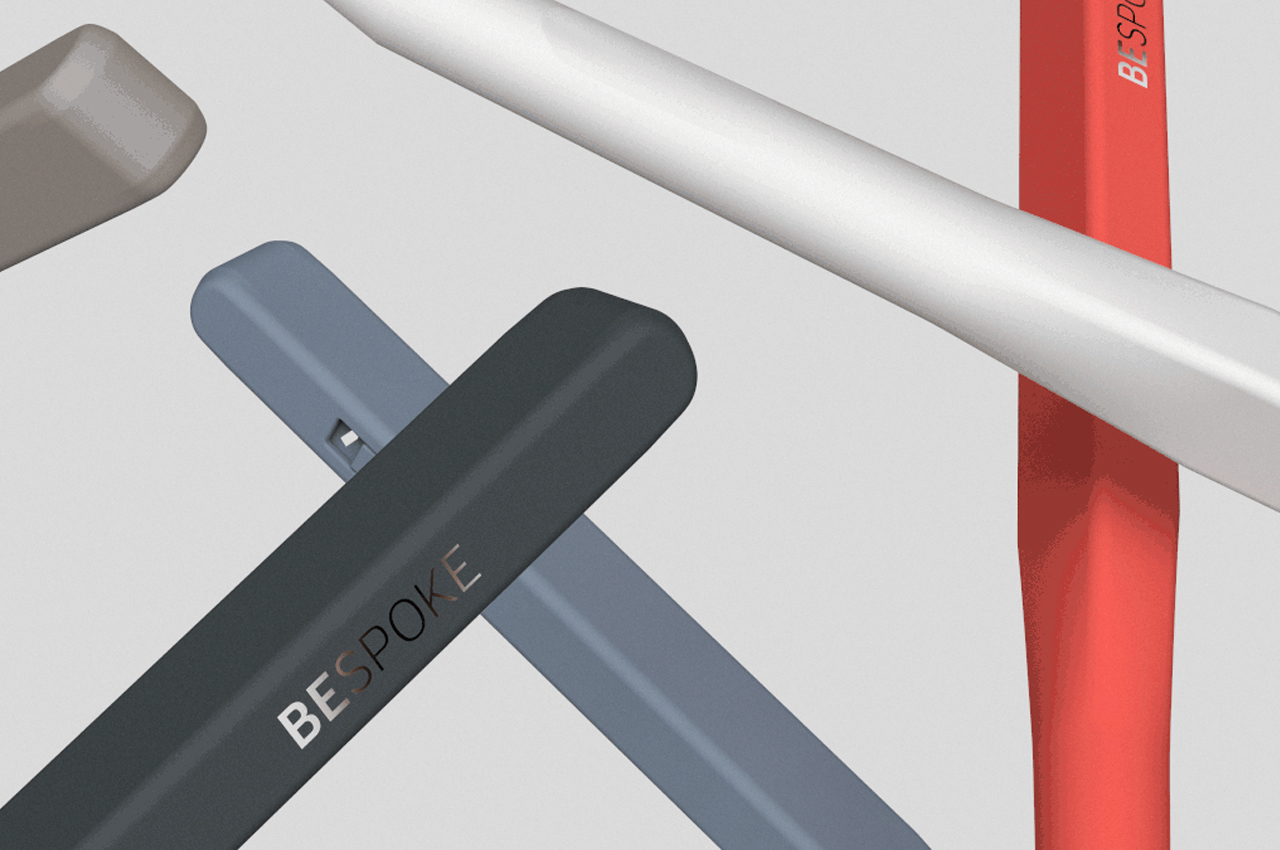
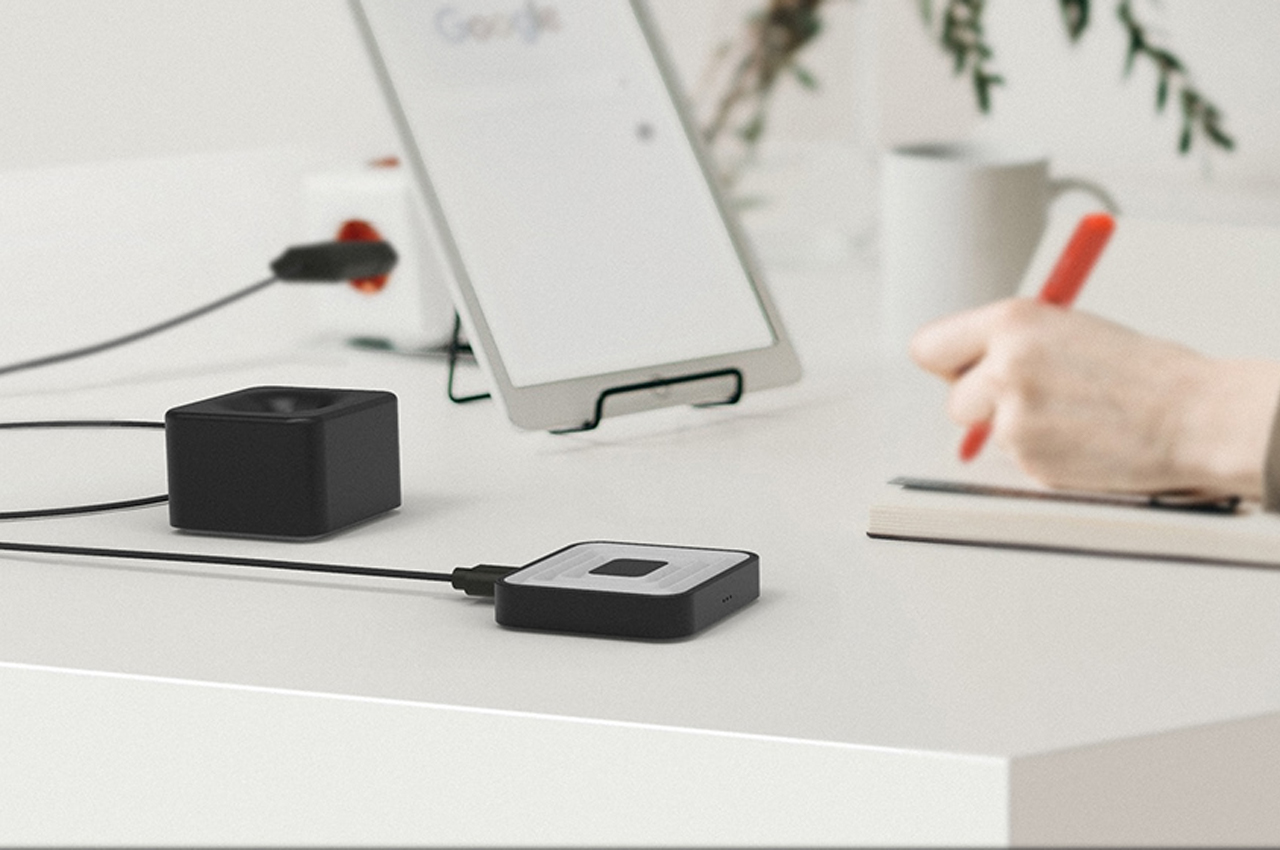
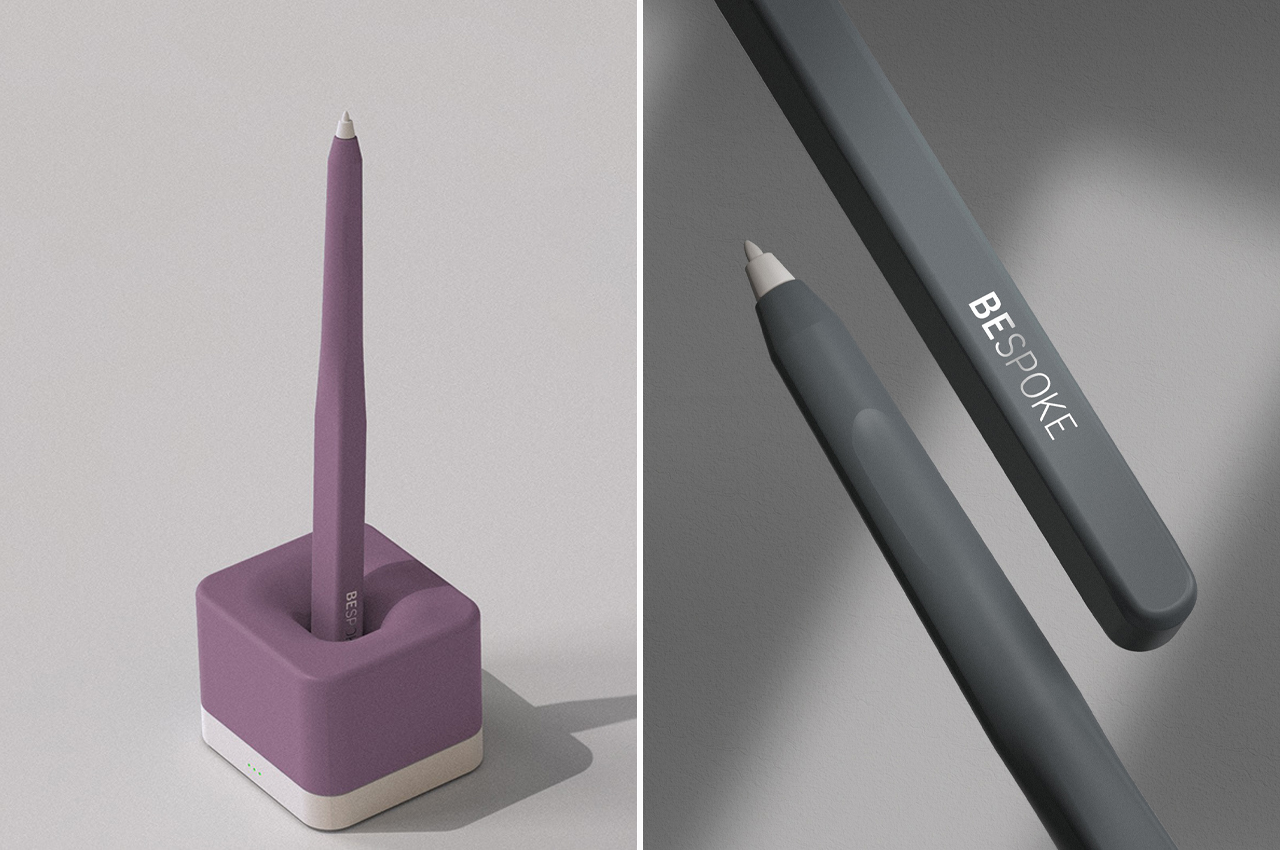
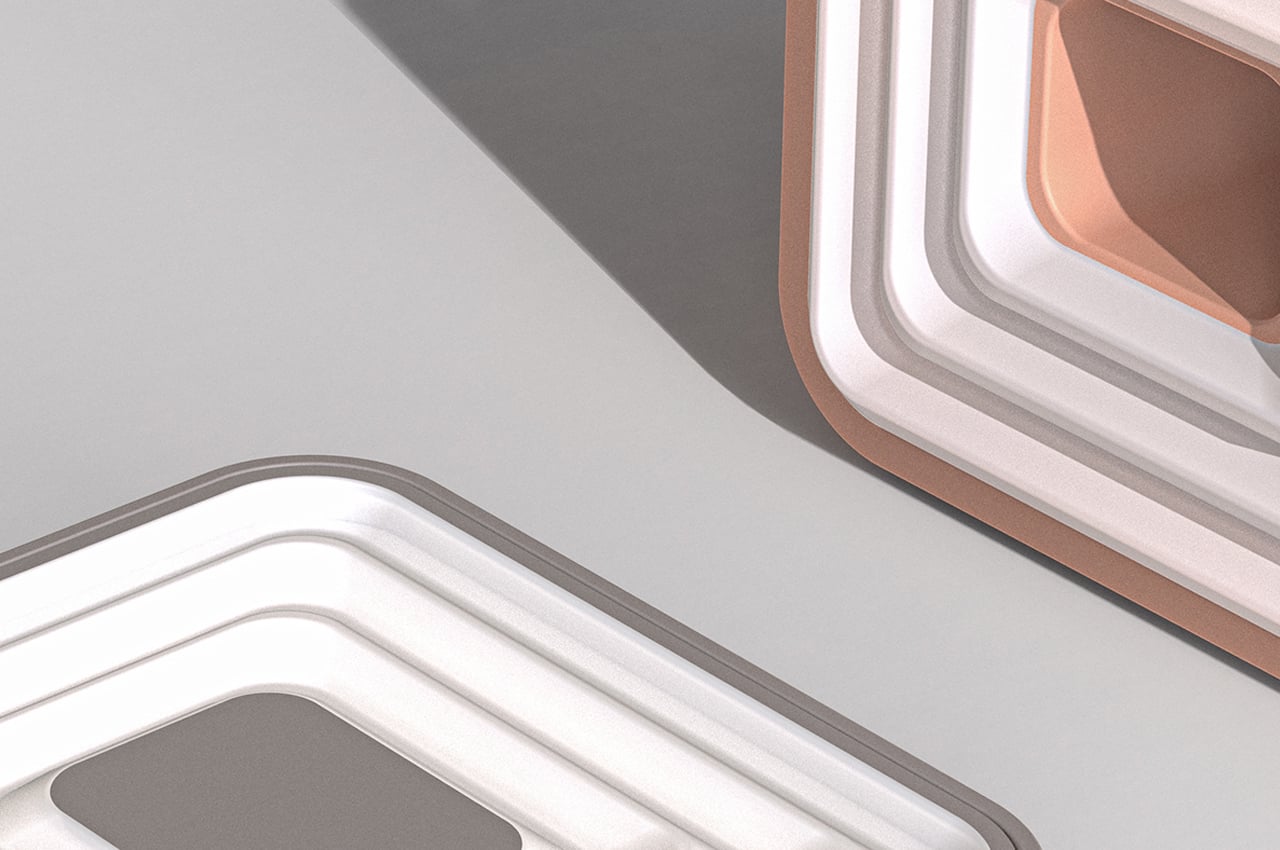
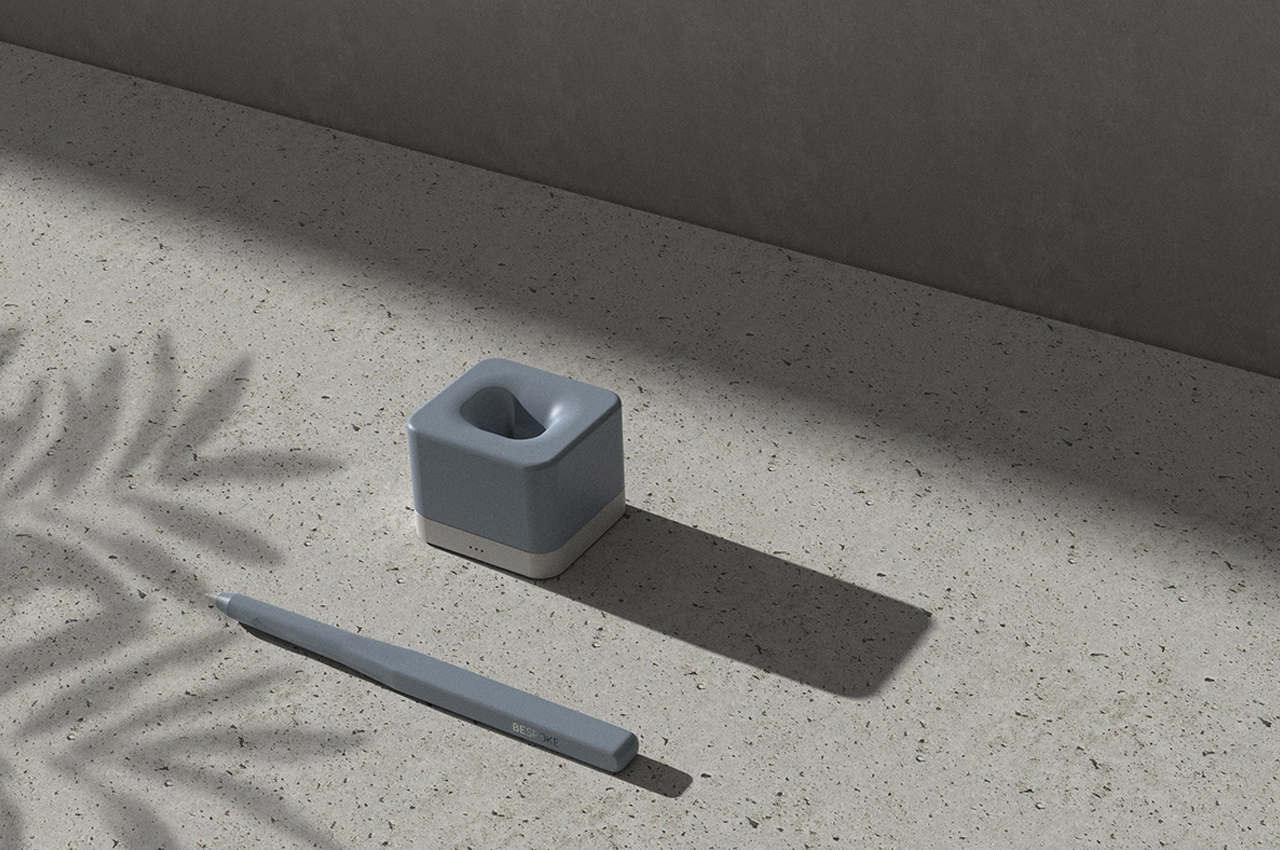
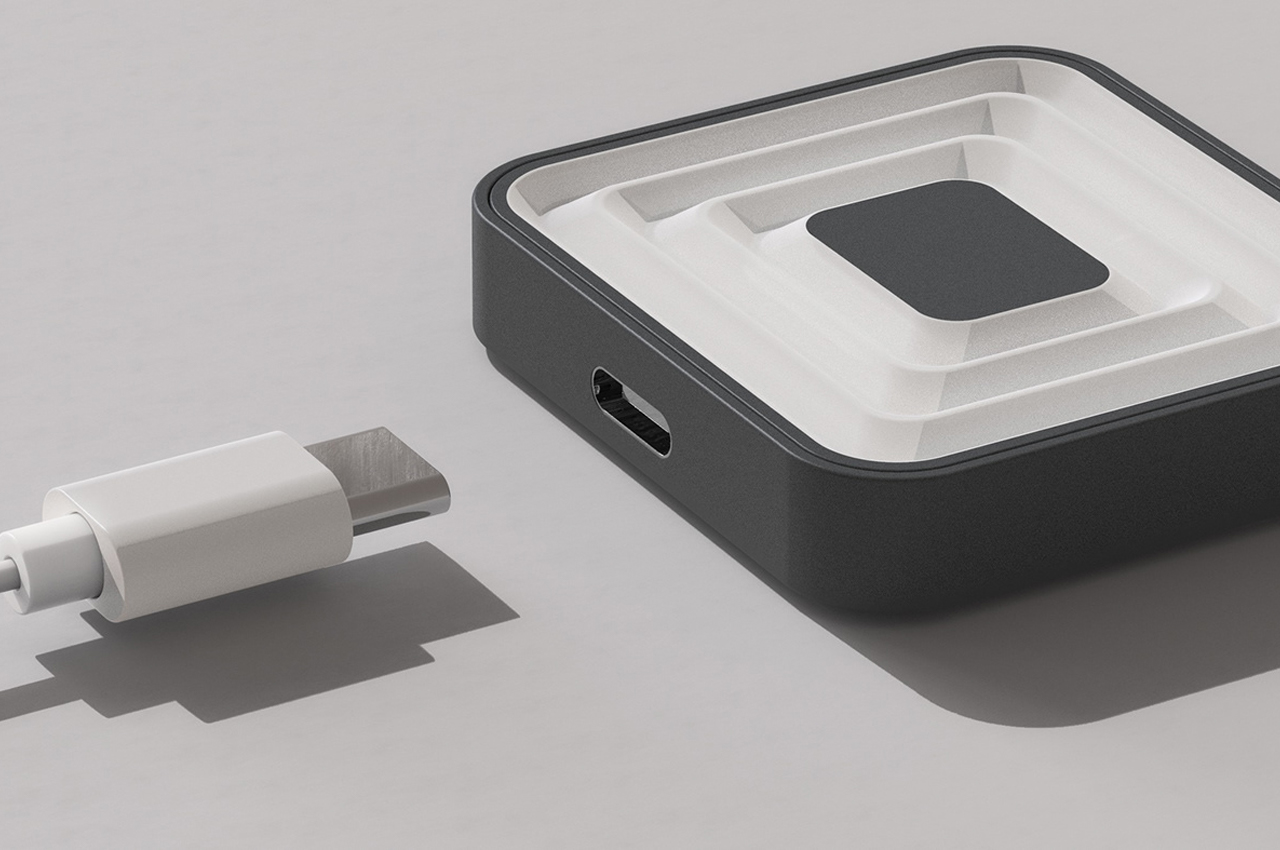
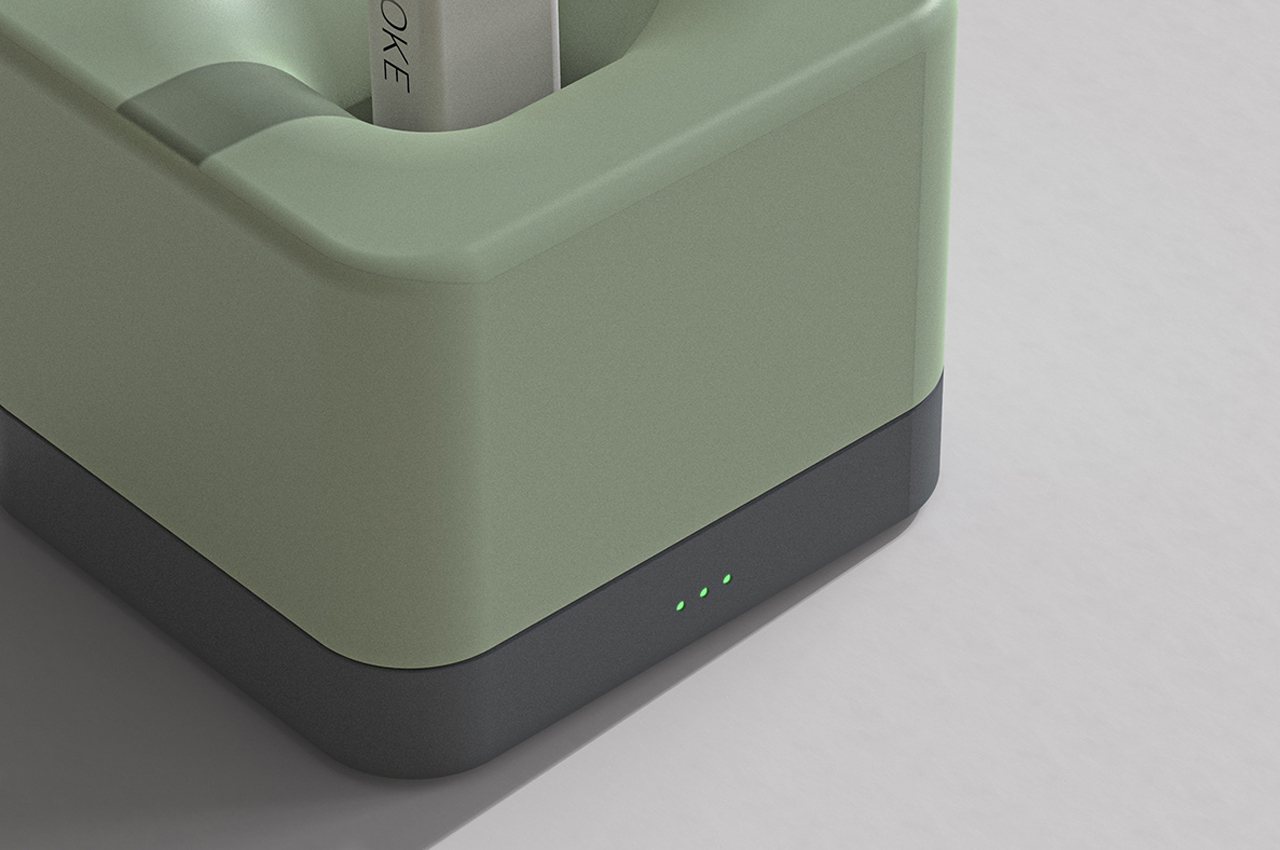
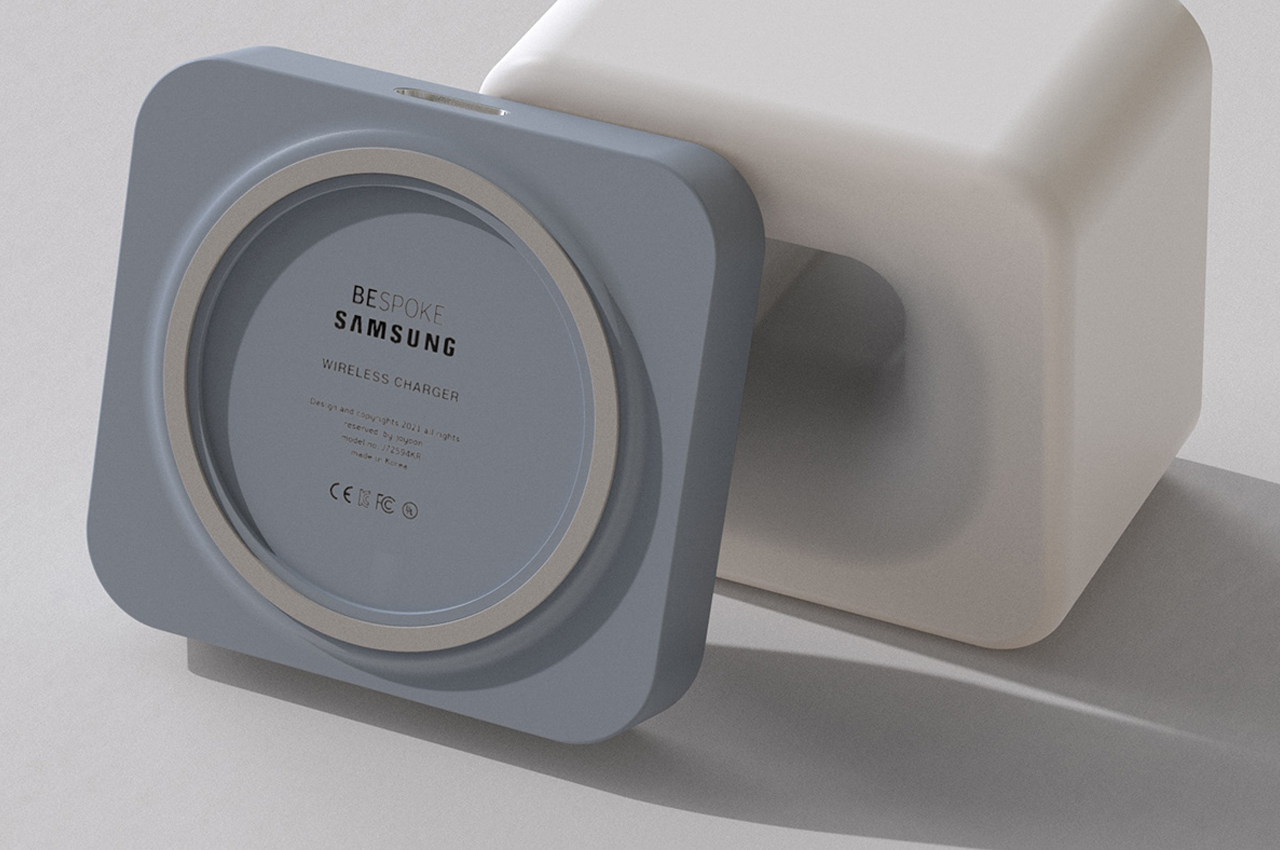
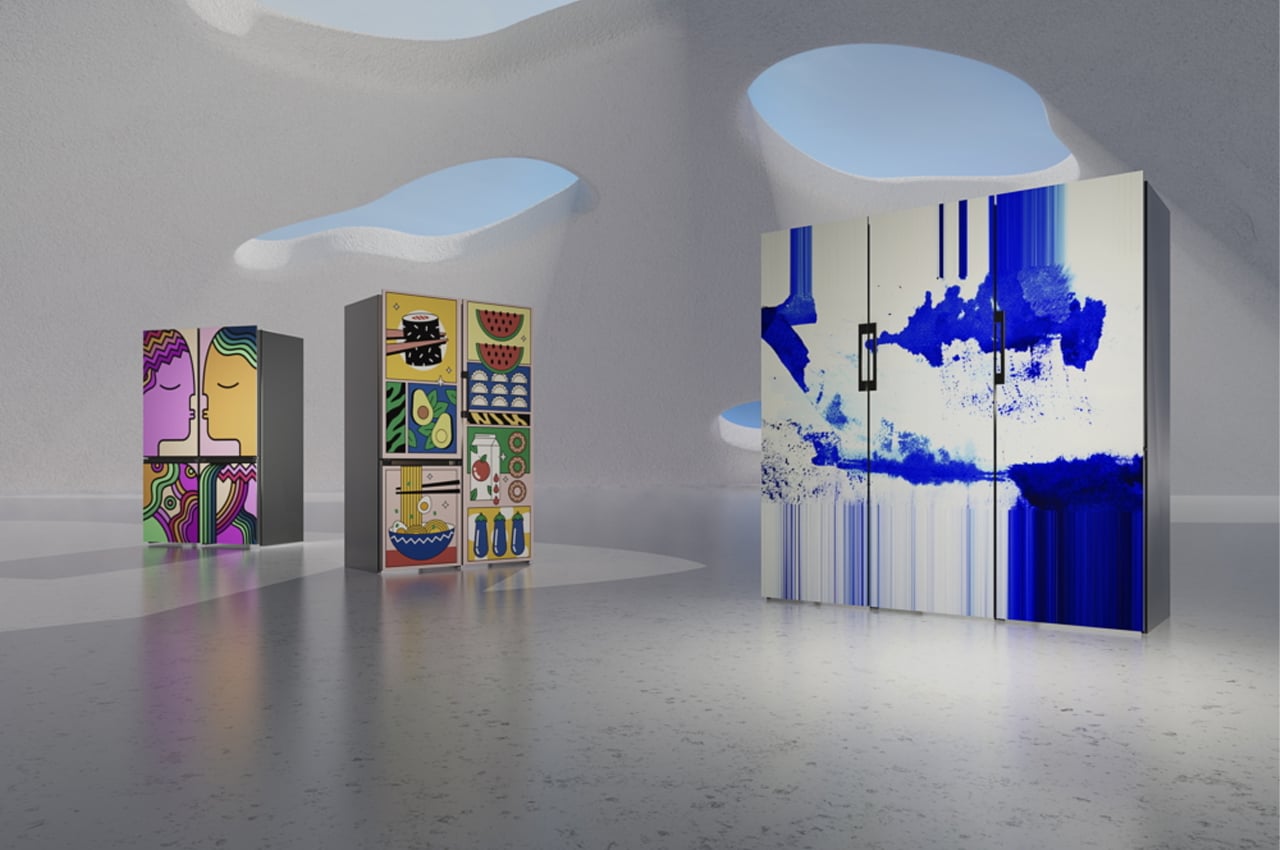
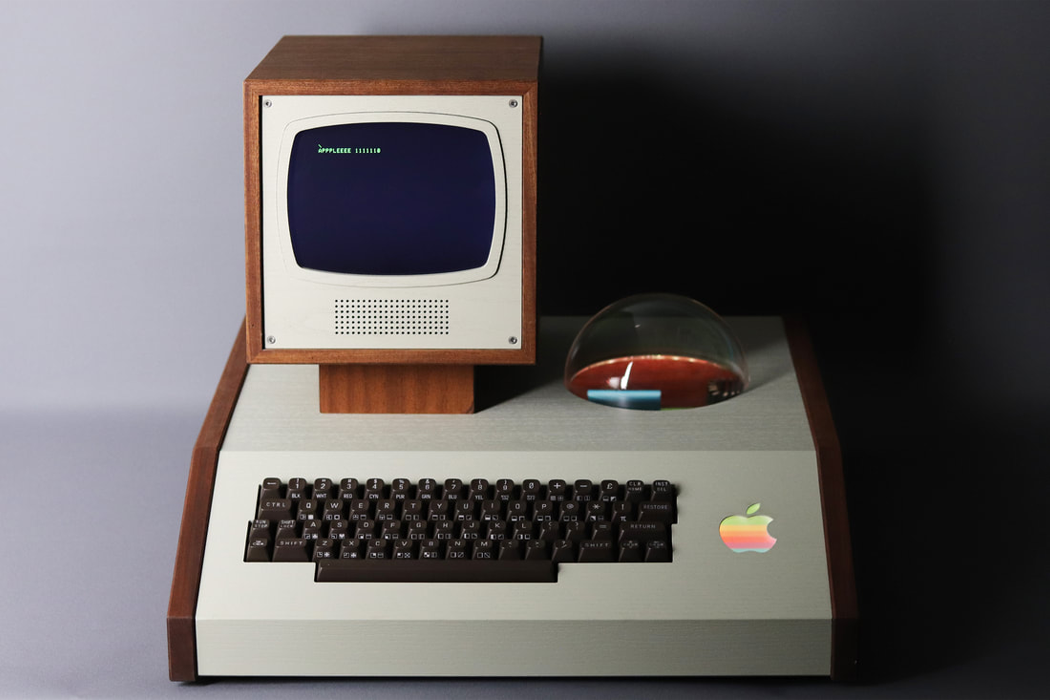
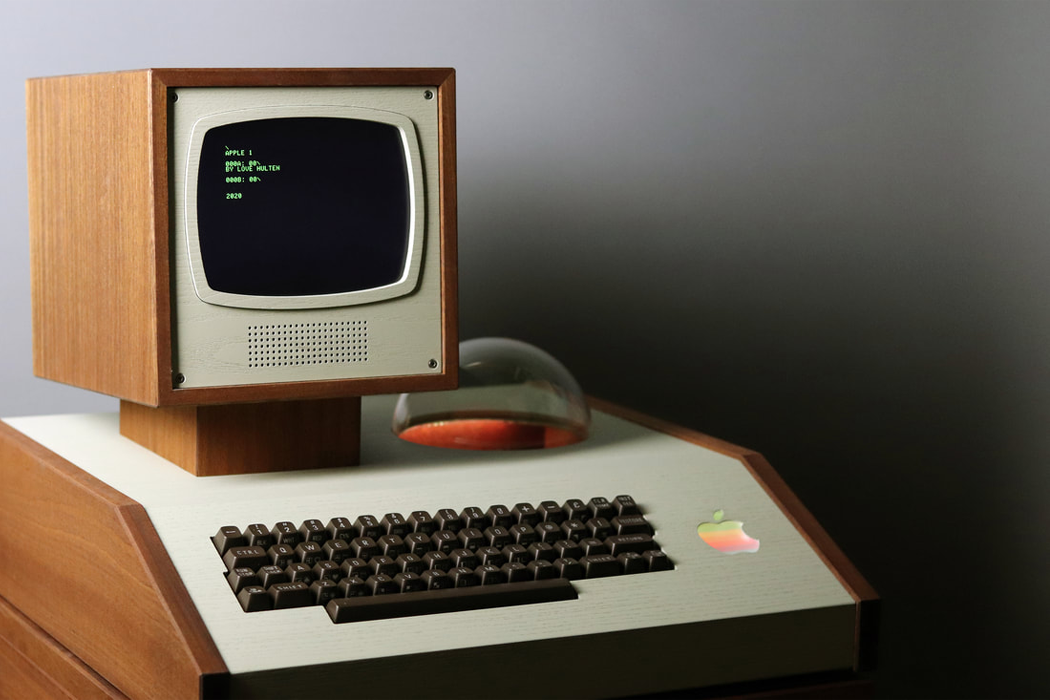
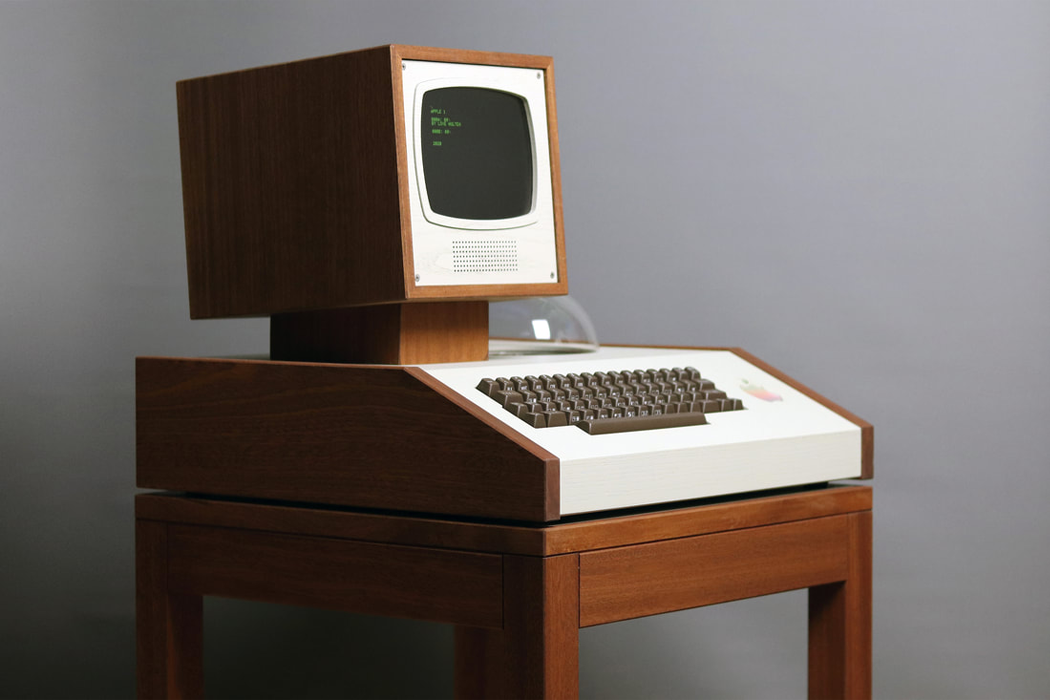
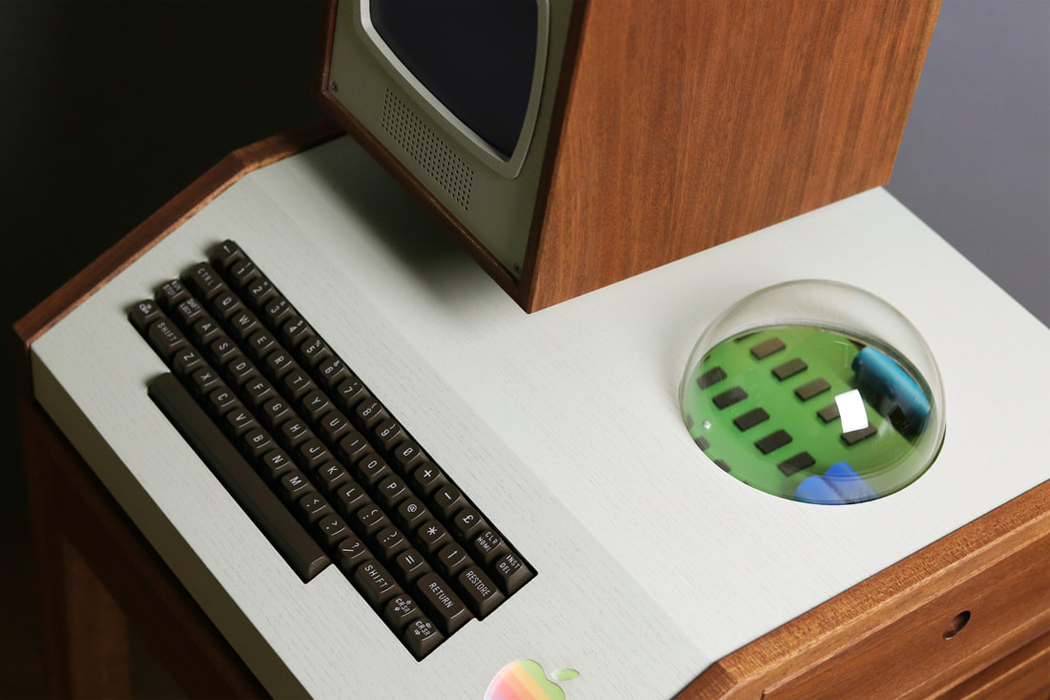
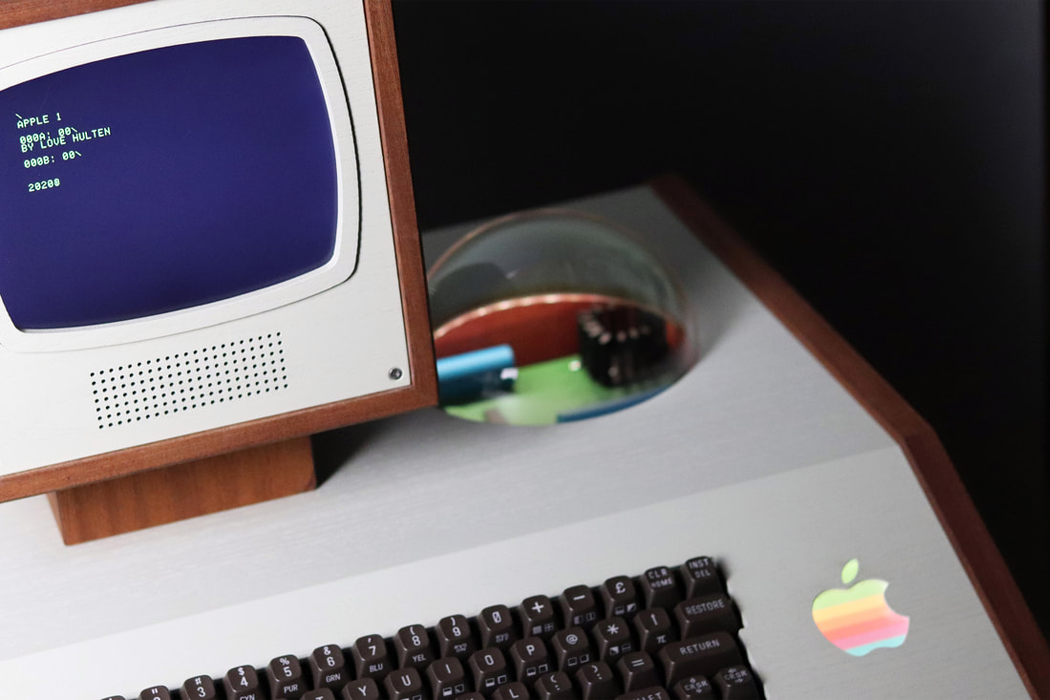
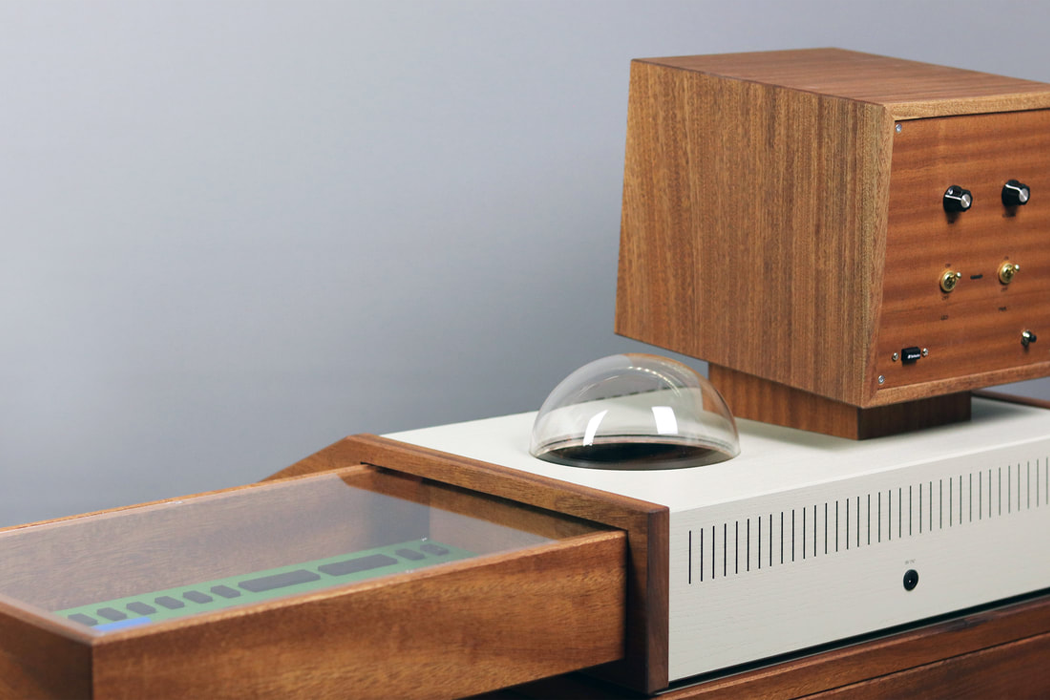
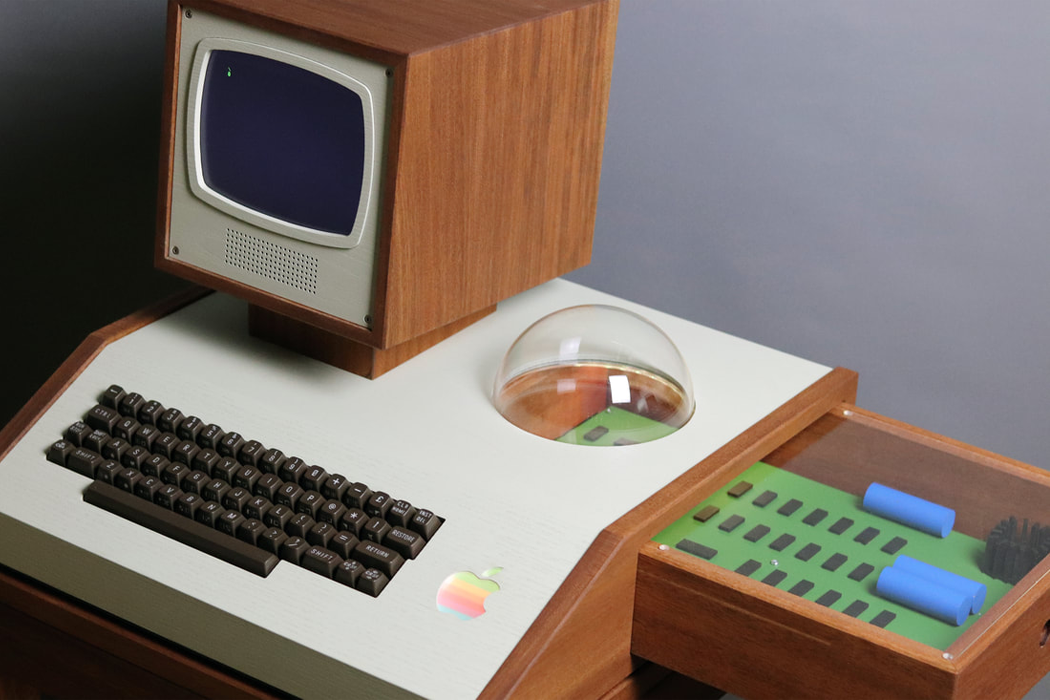















 Samsung wants to capitalize on consumers who value personal tastes and experiences, and they plan to do so with refrigerators. Yesterday, Samsung revealed Project PRISM, or what it's calling a "new era of customized home appliances." The first produc...
Samsung wants to capitalize on consumers who value personal tastes and experiences, and they plan to do so with refrigerators. Yesterday, Samsung revealed Project PRISM, or what it's calling a "new era of customized home appliances." The first produc...
